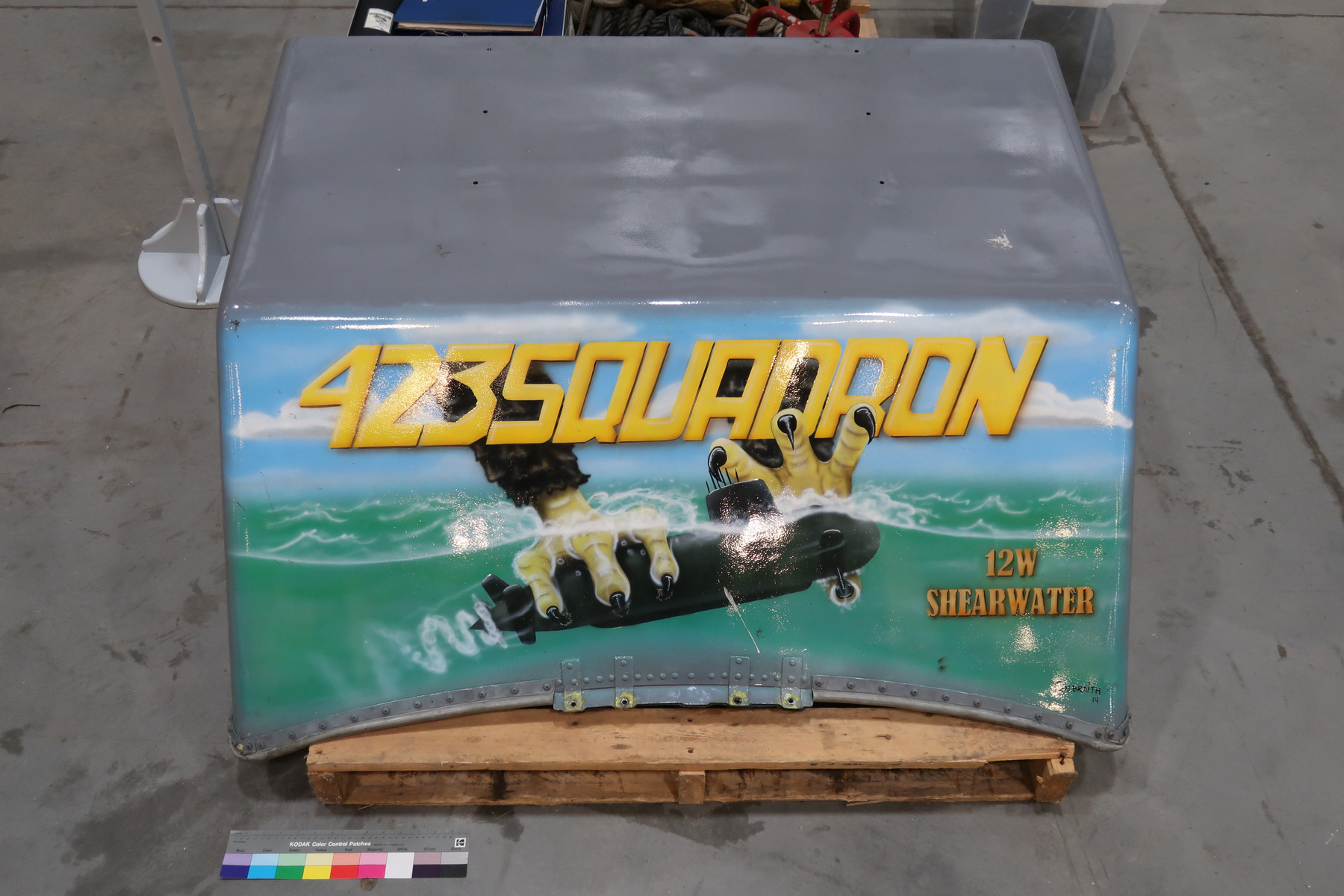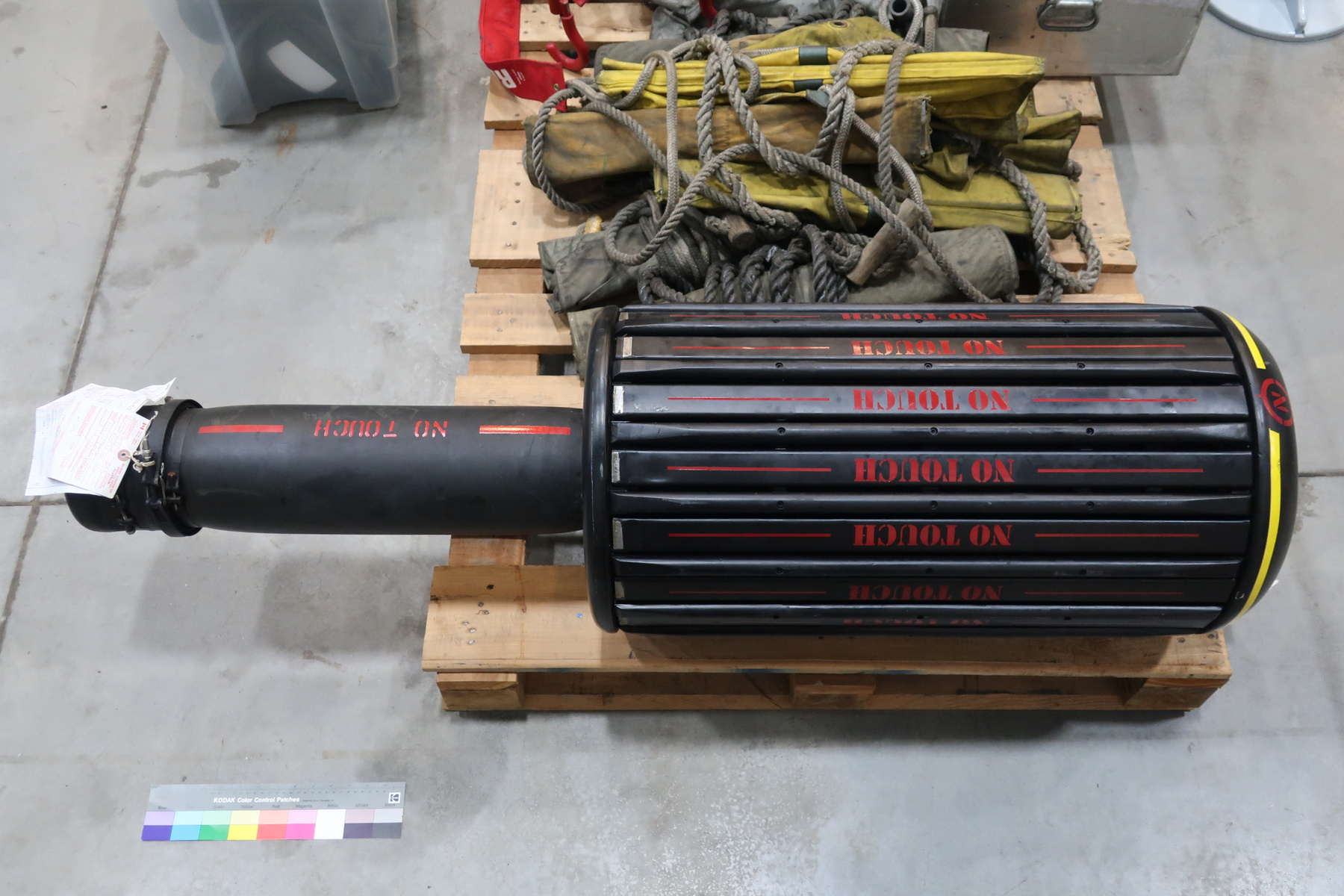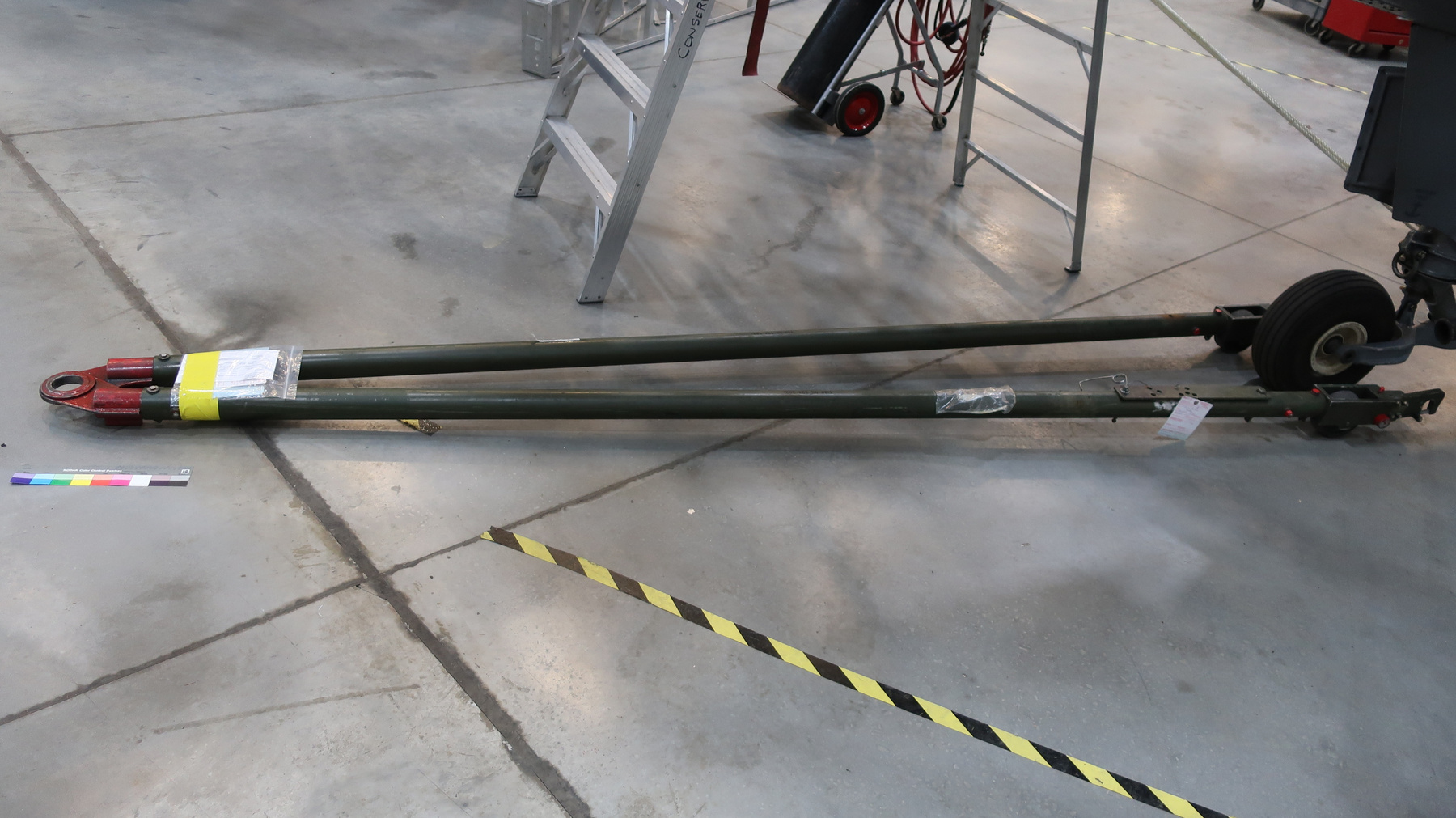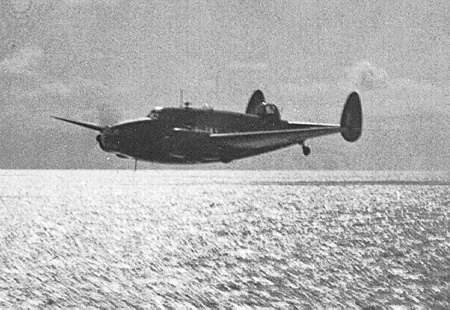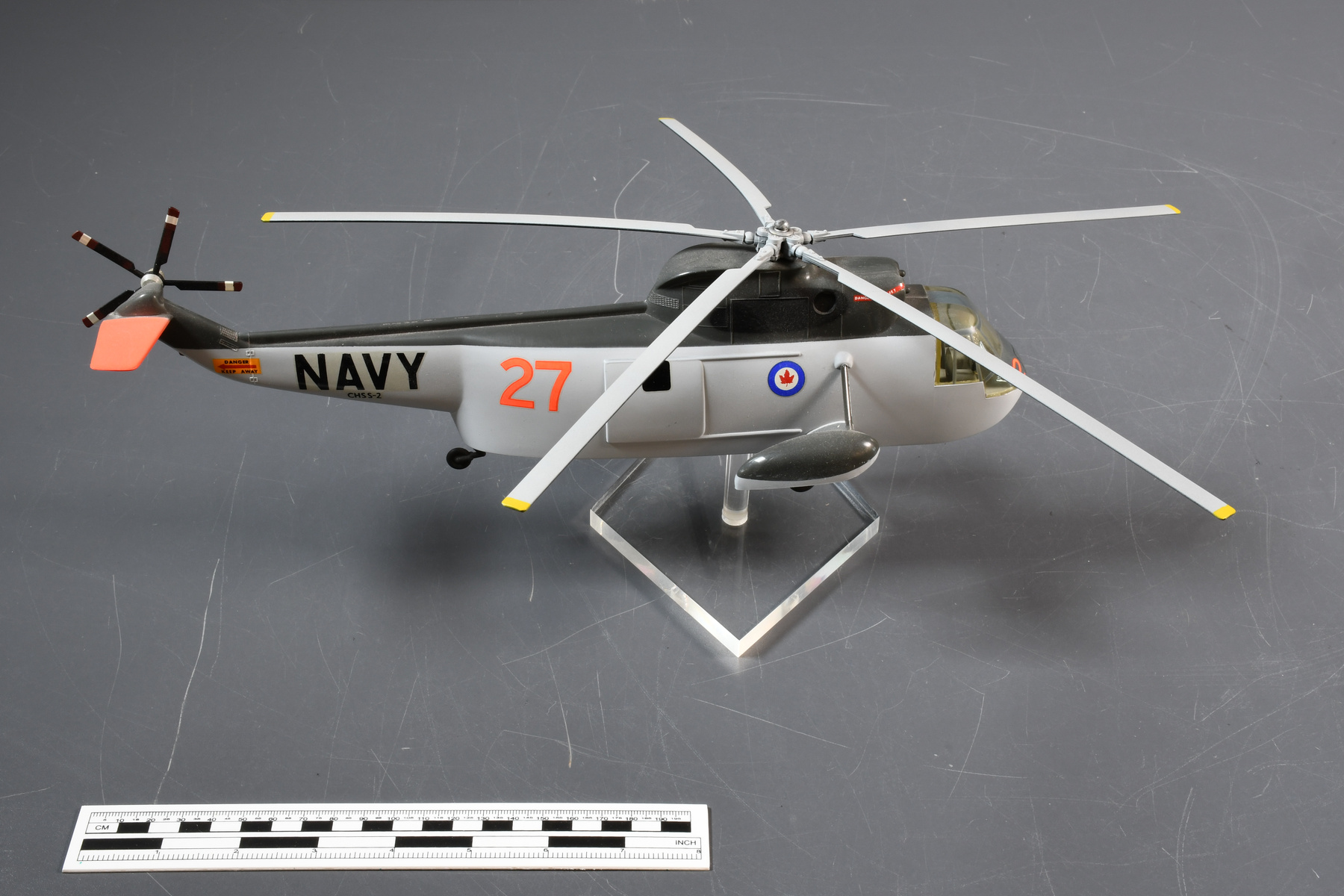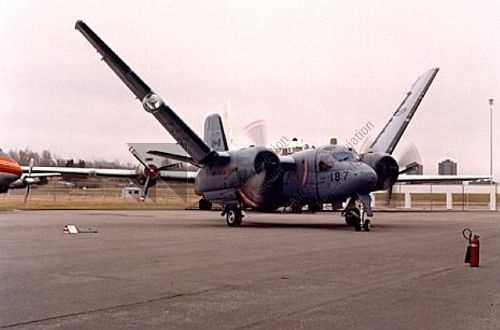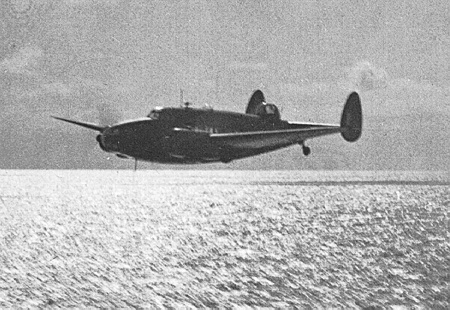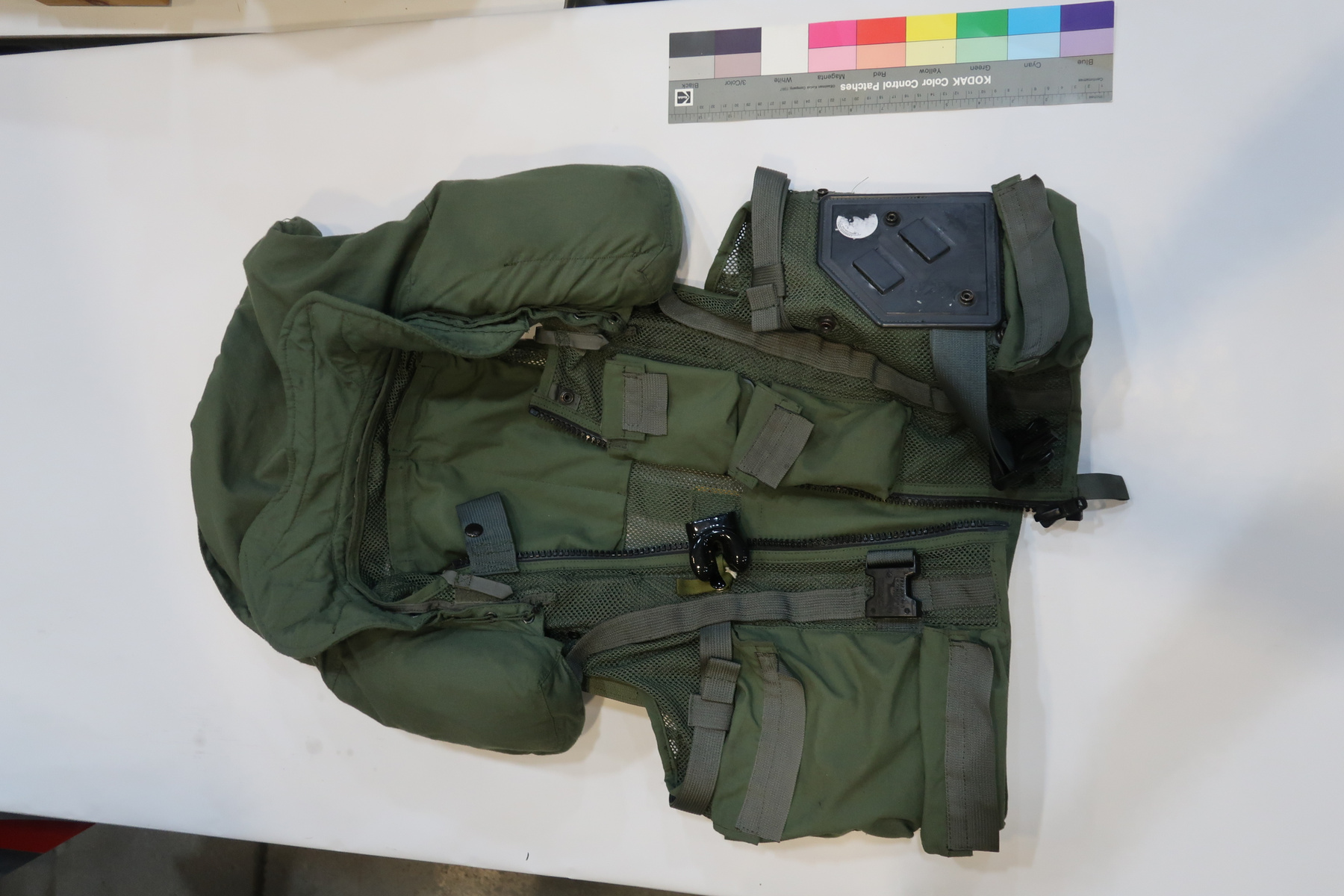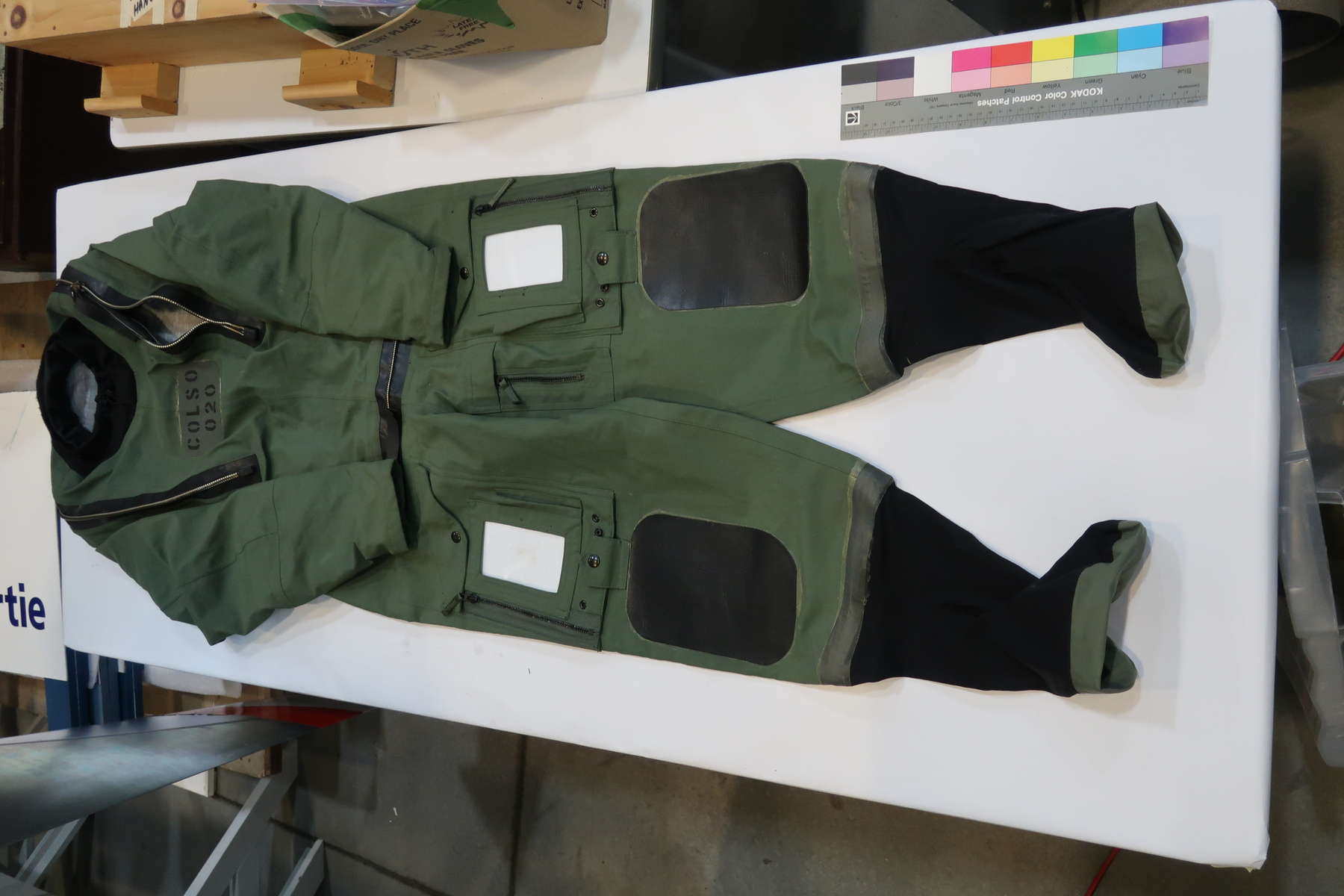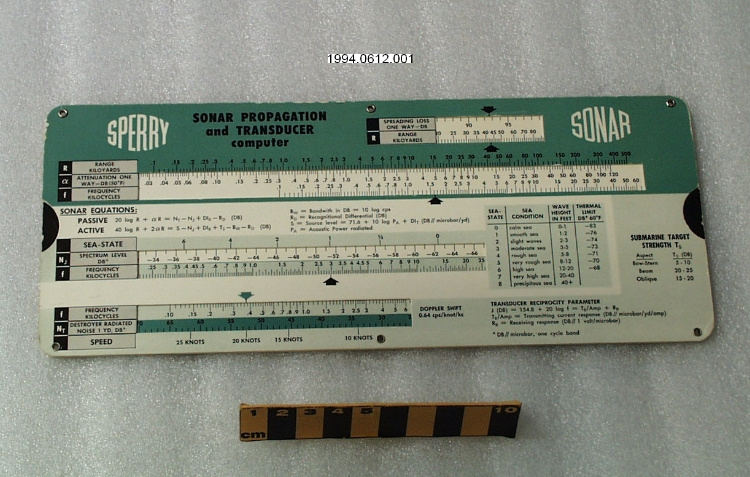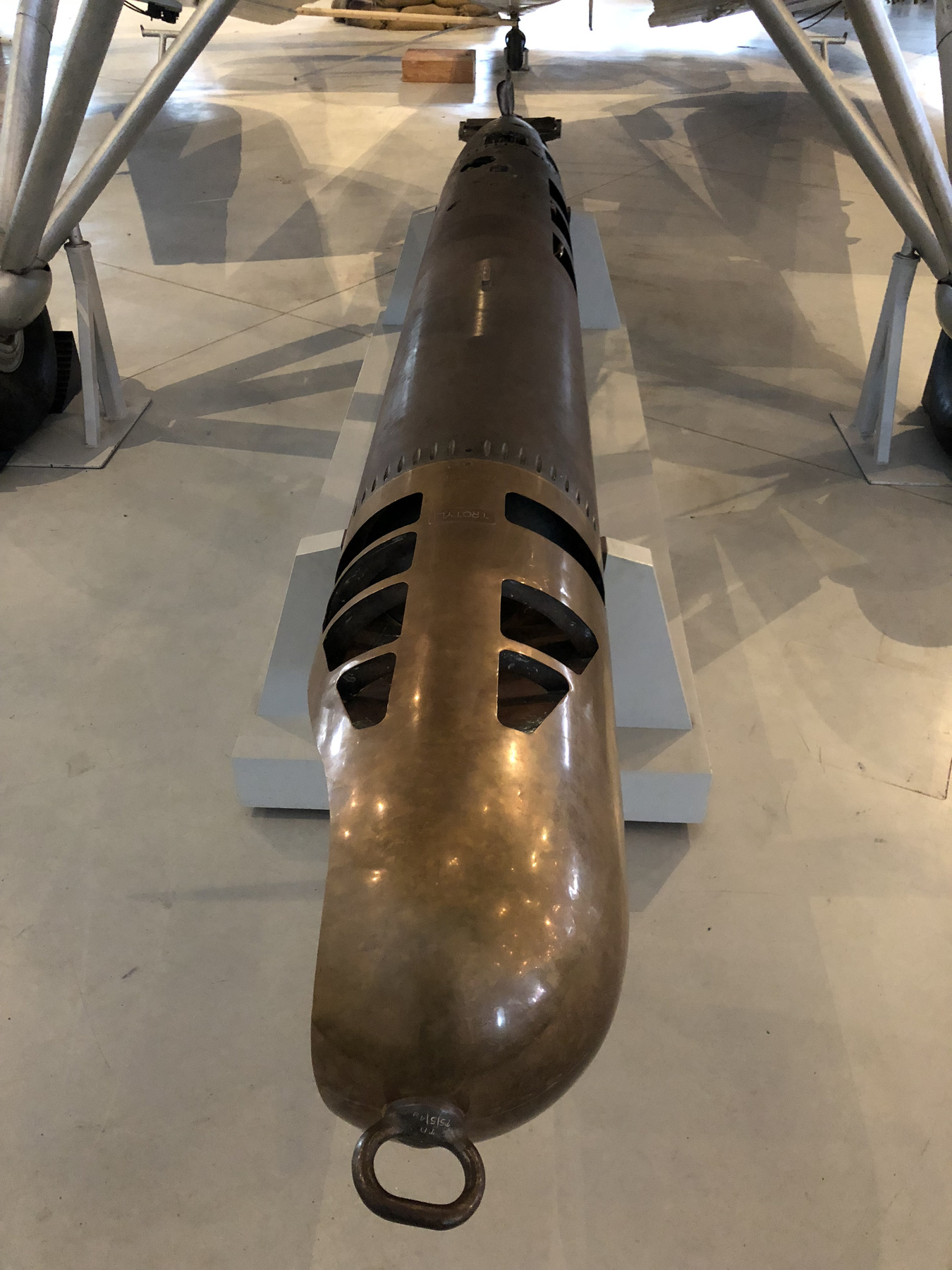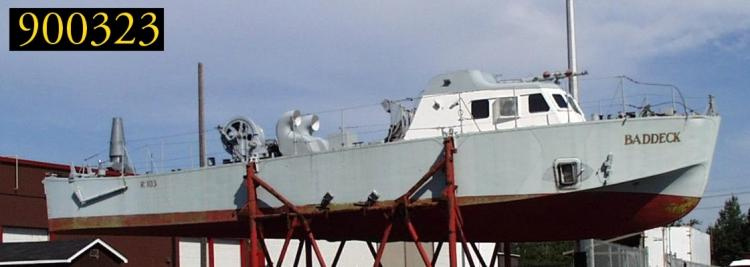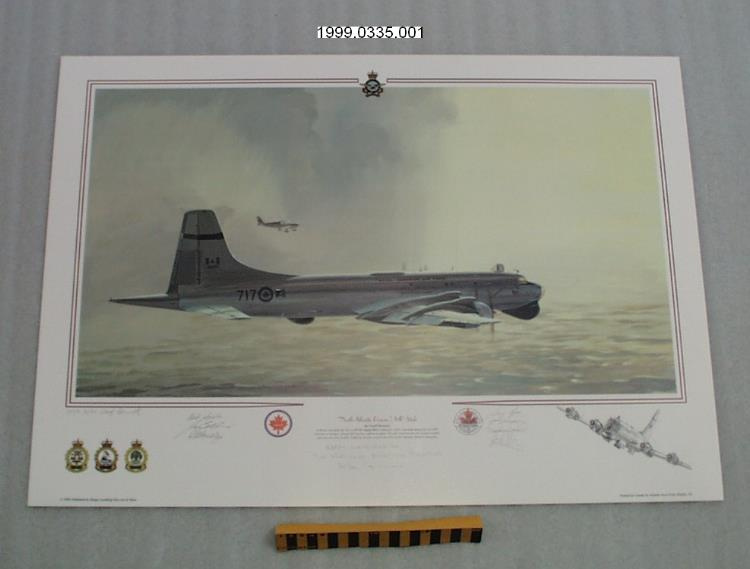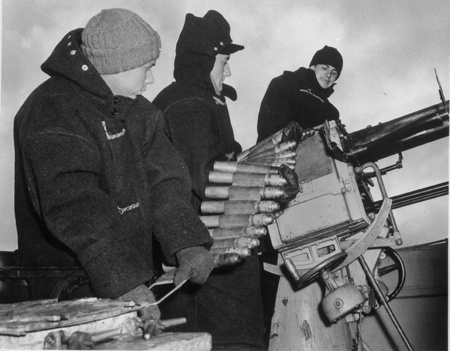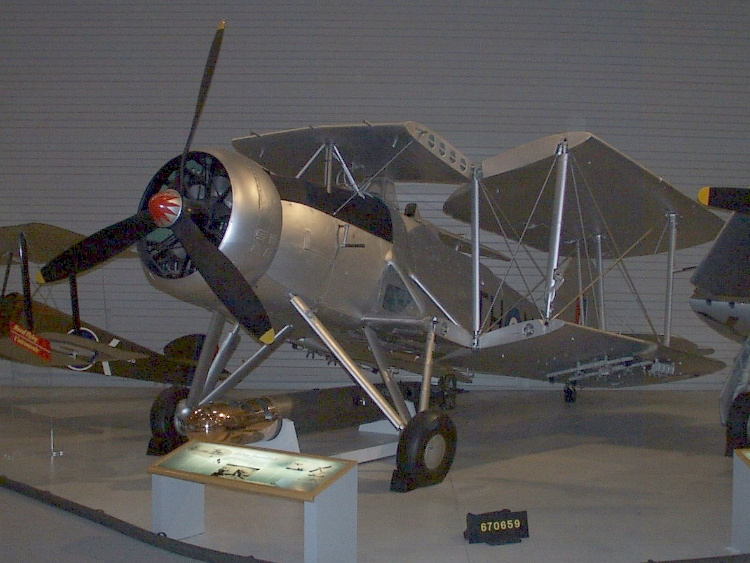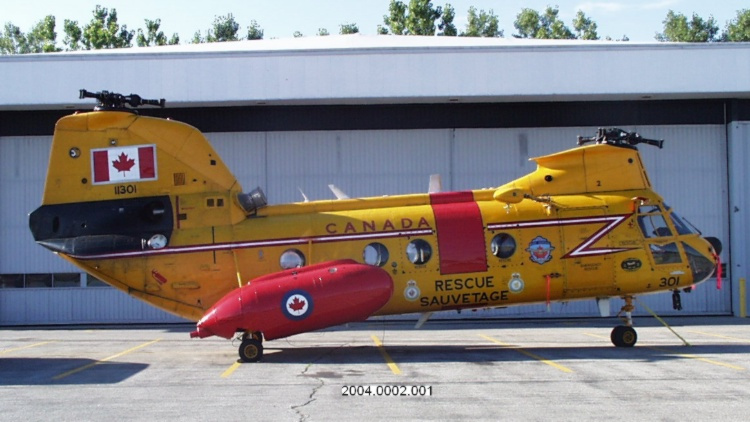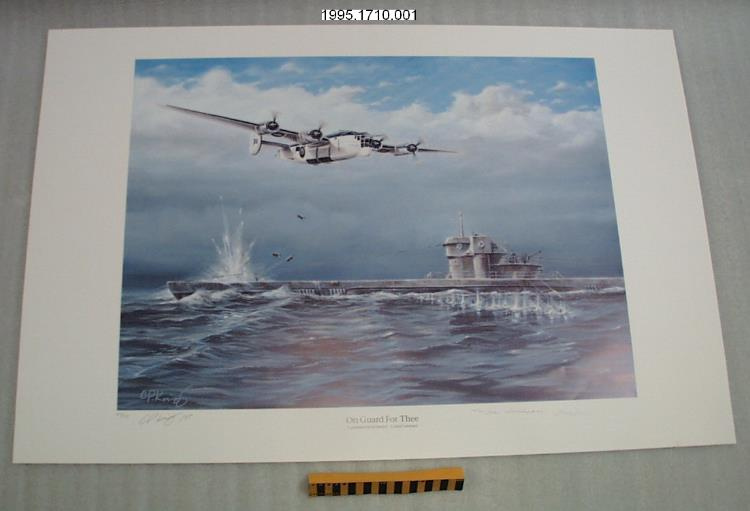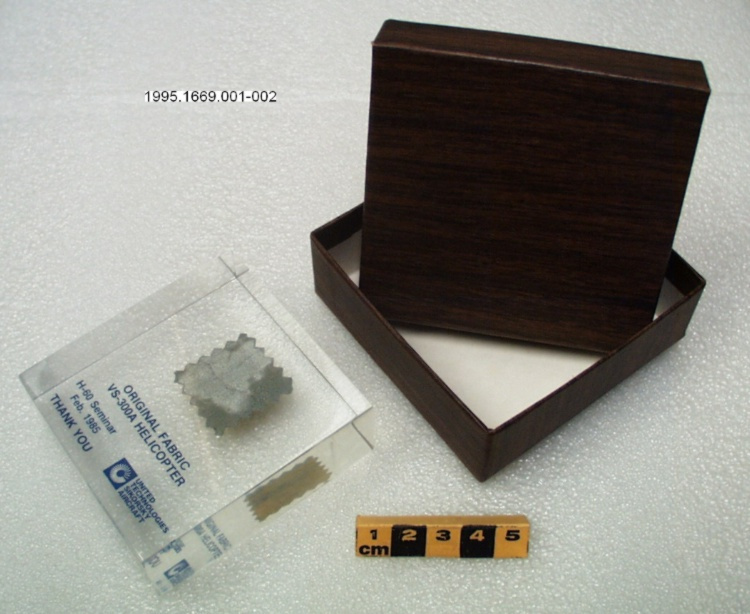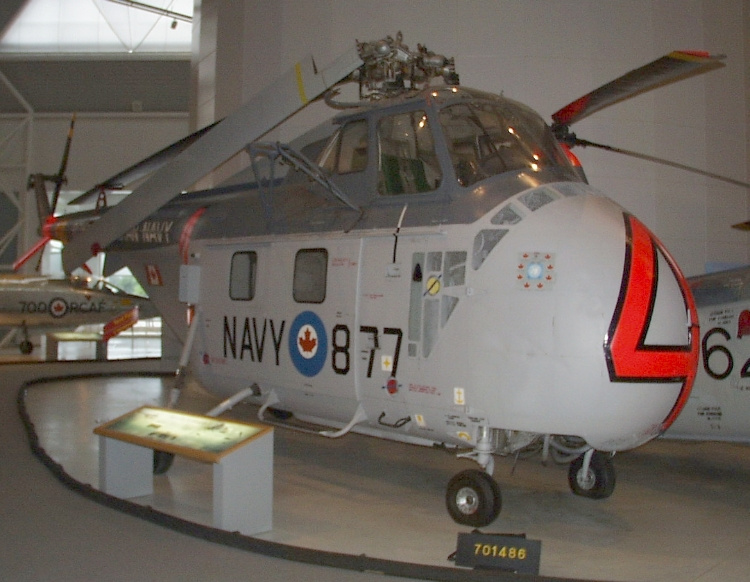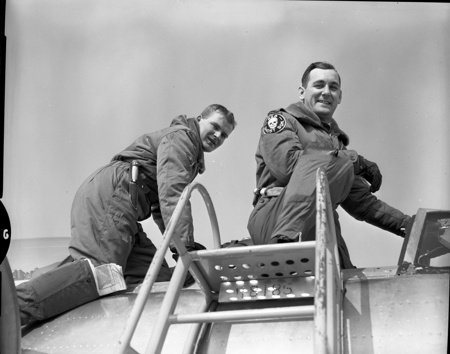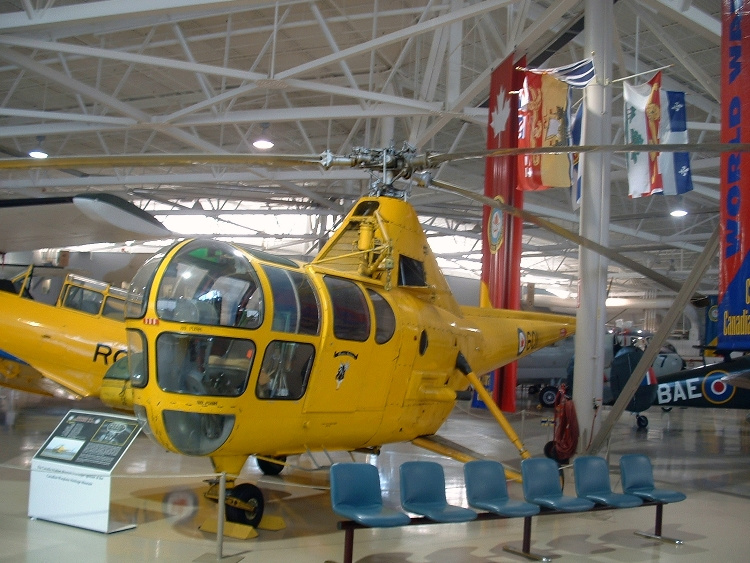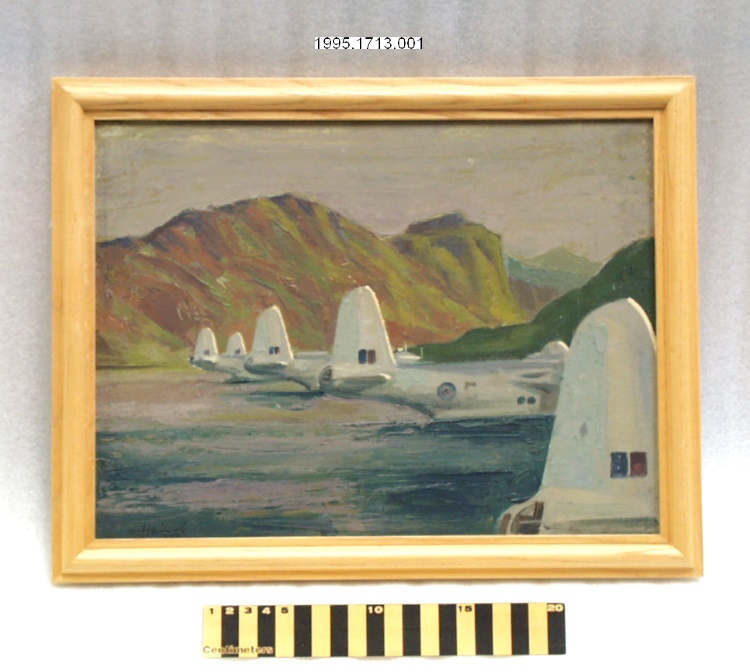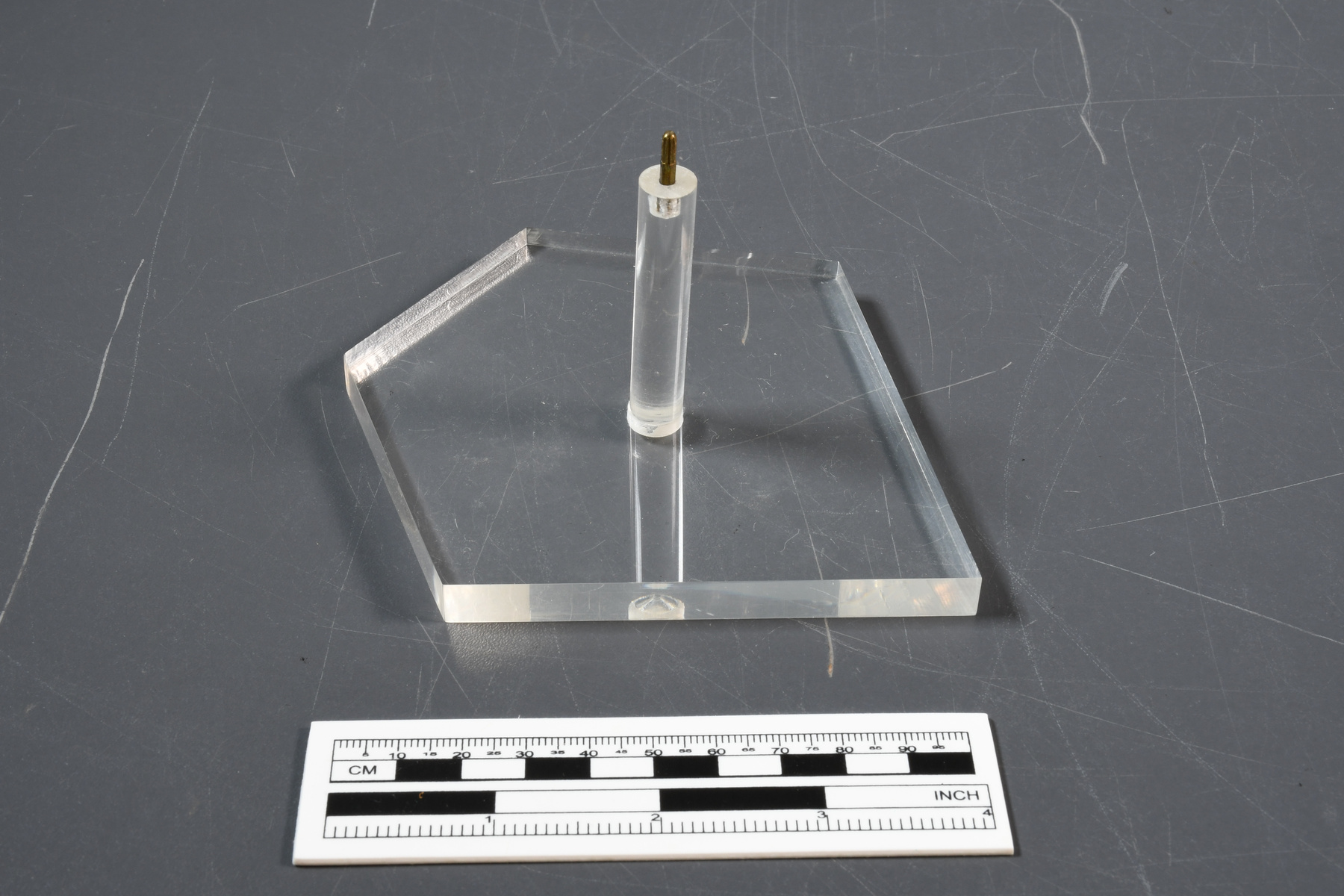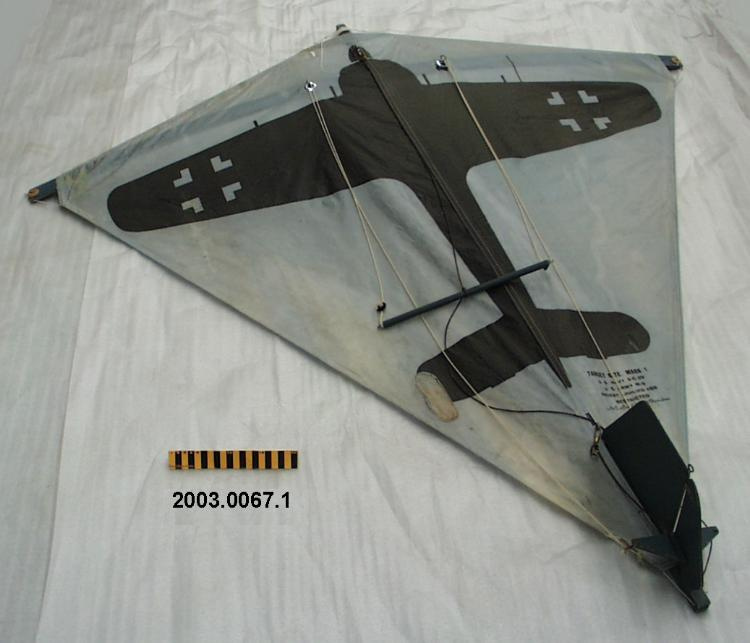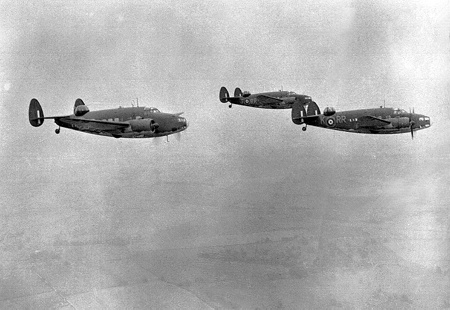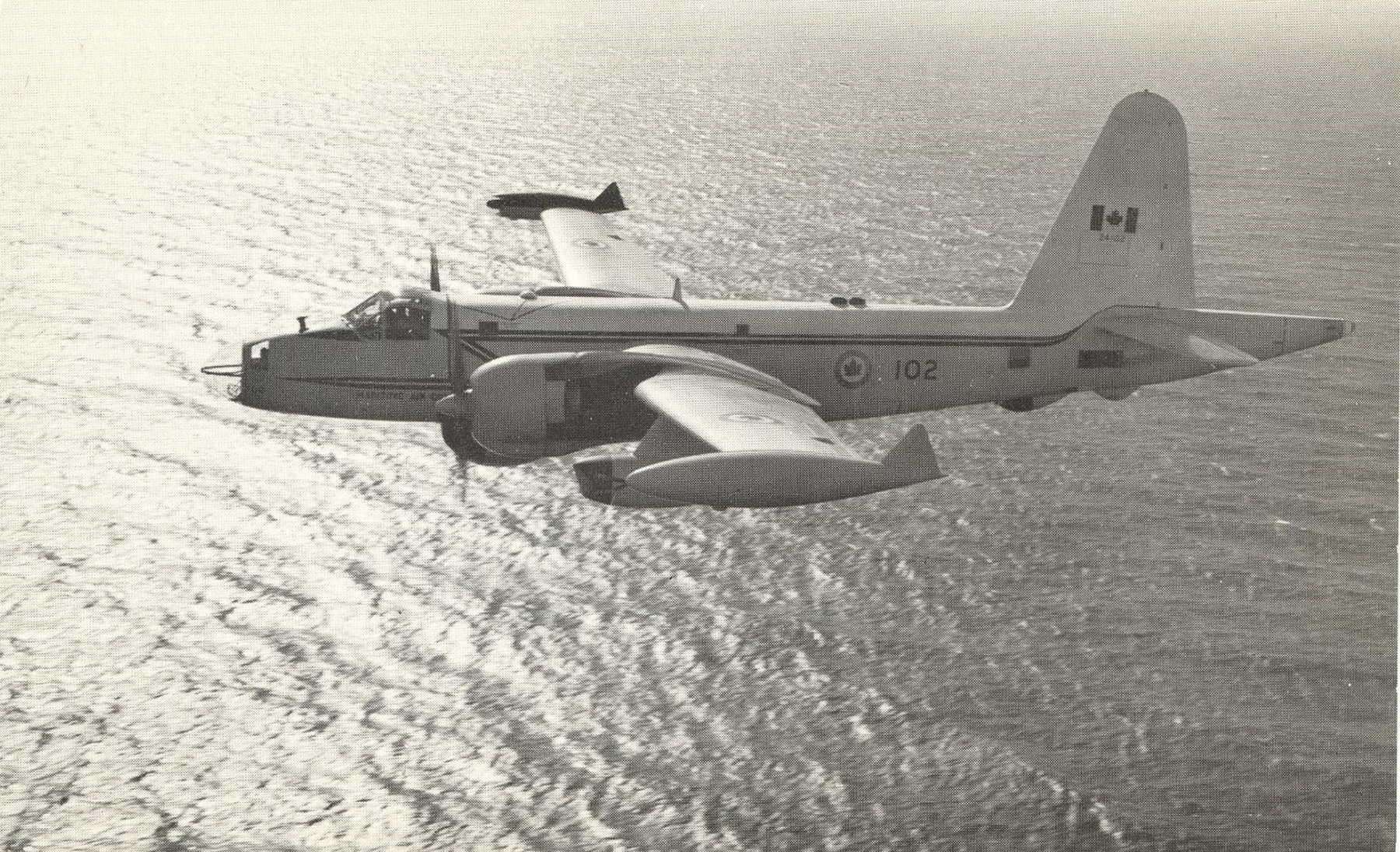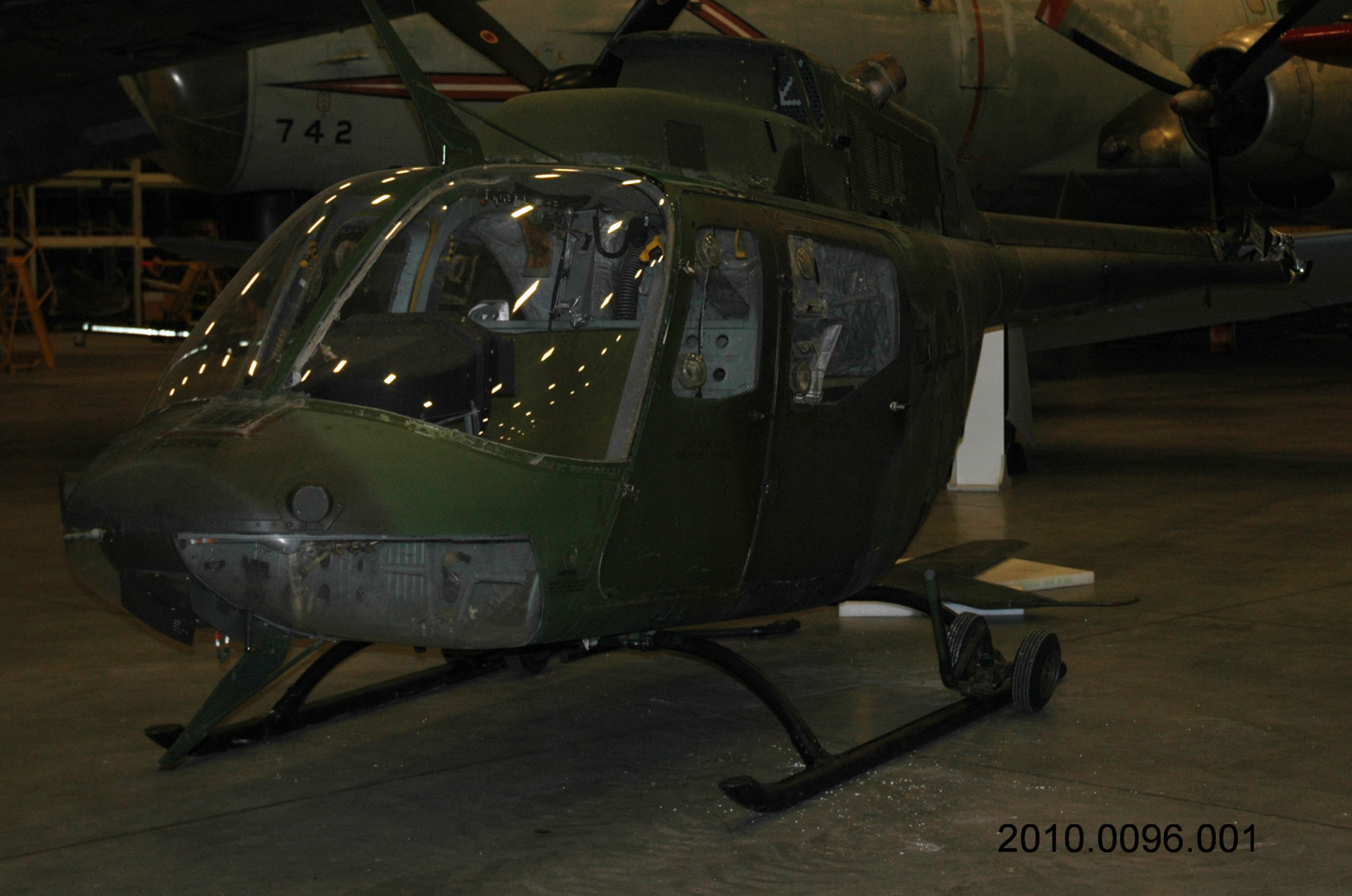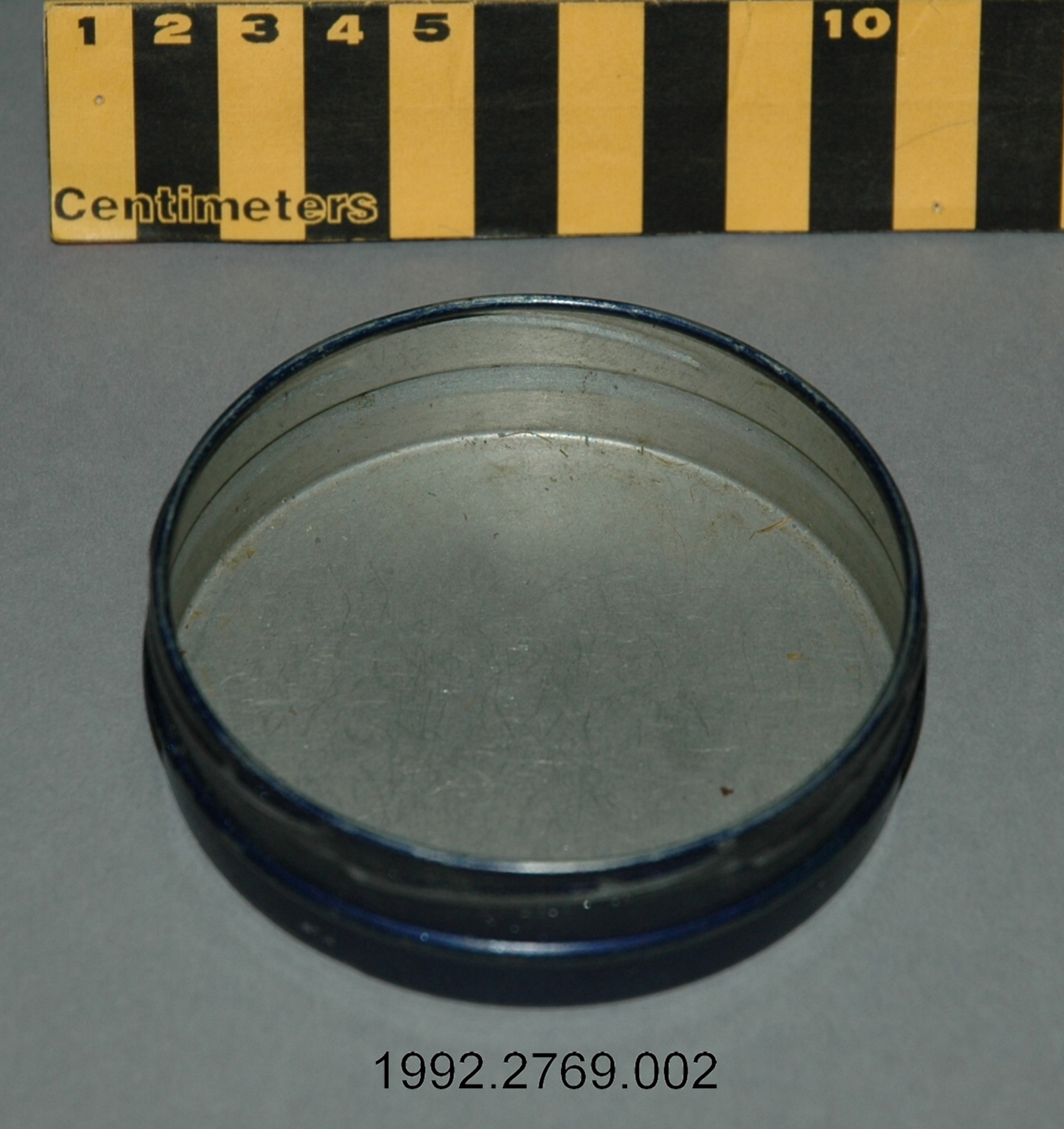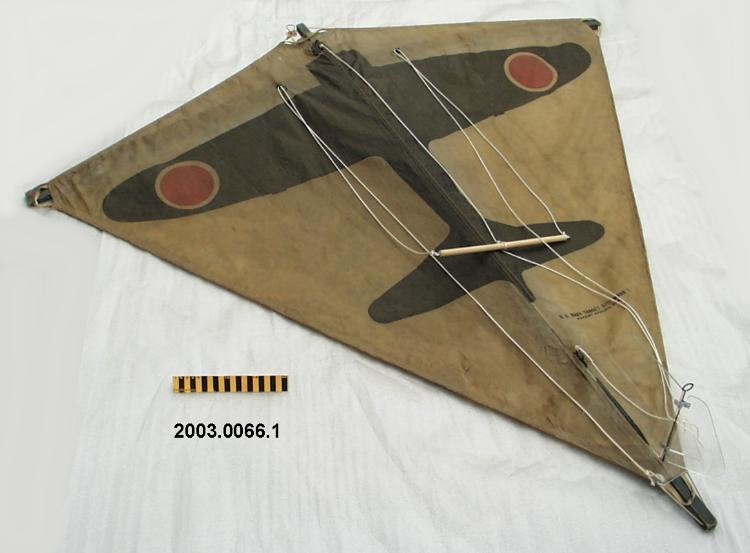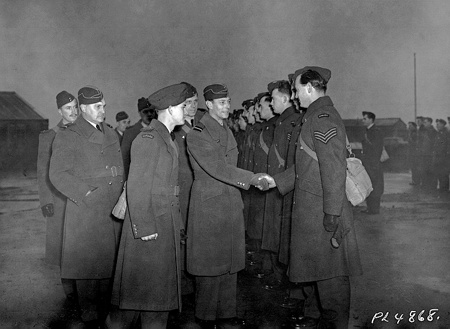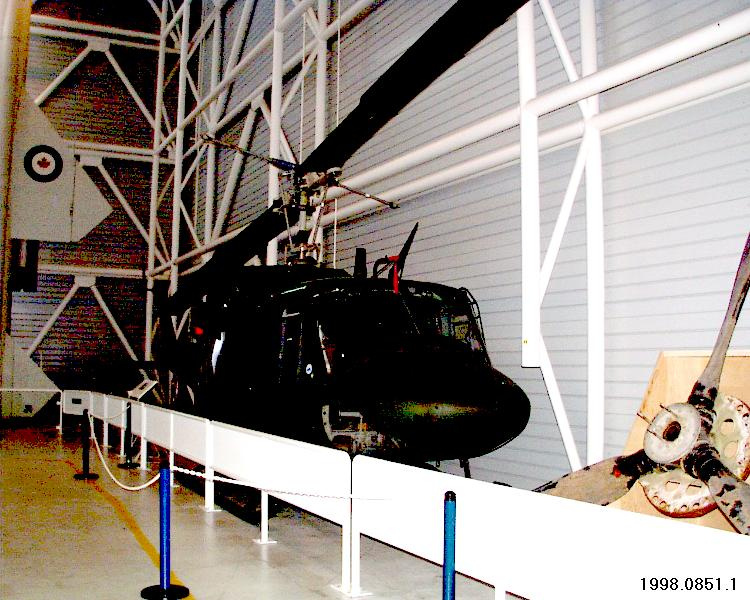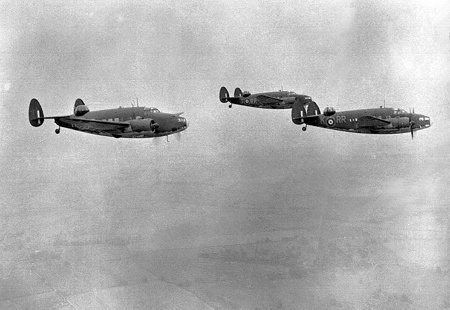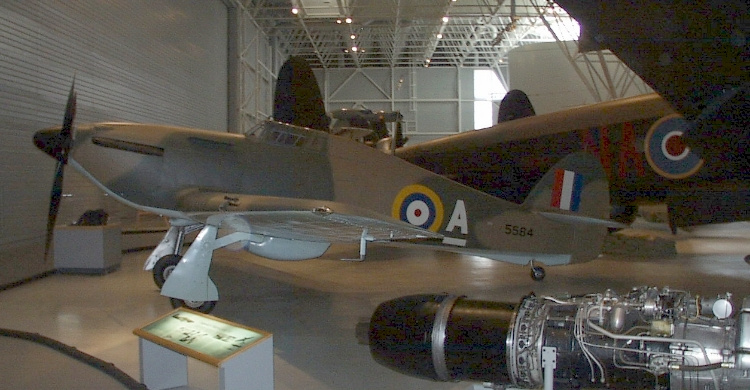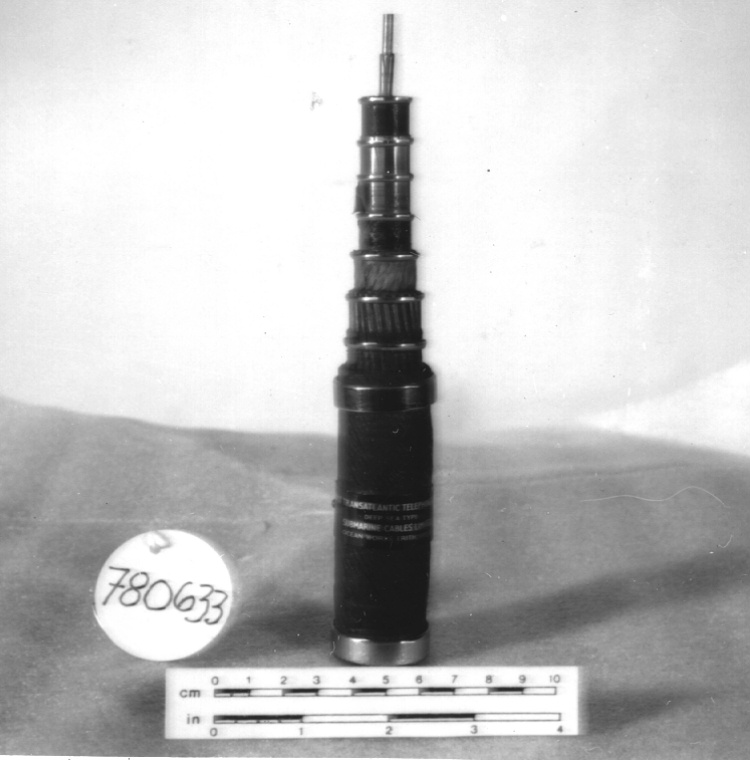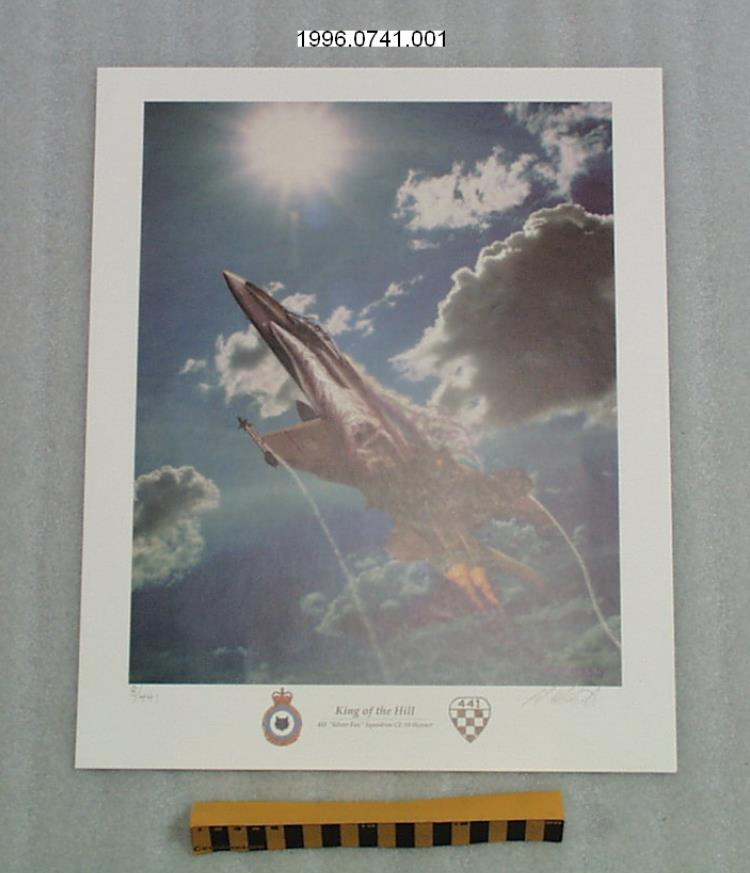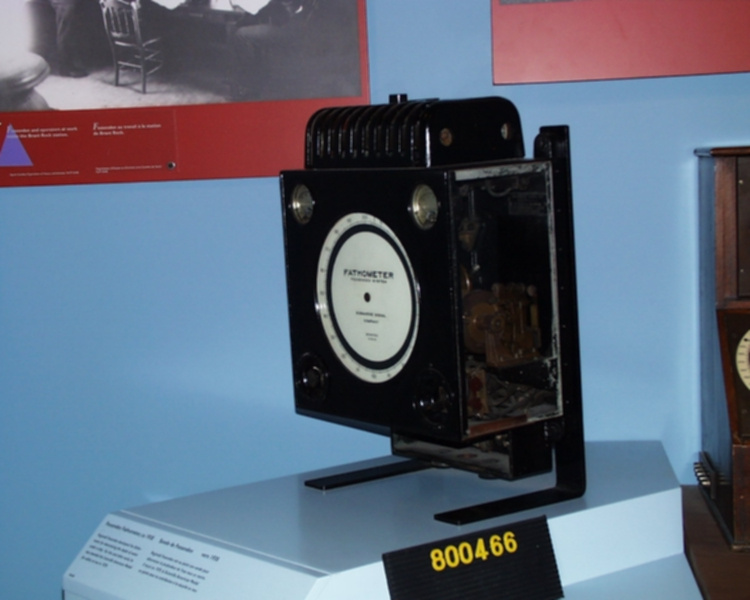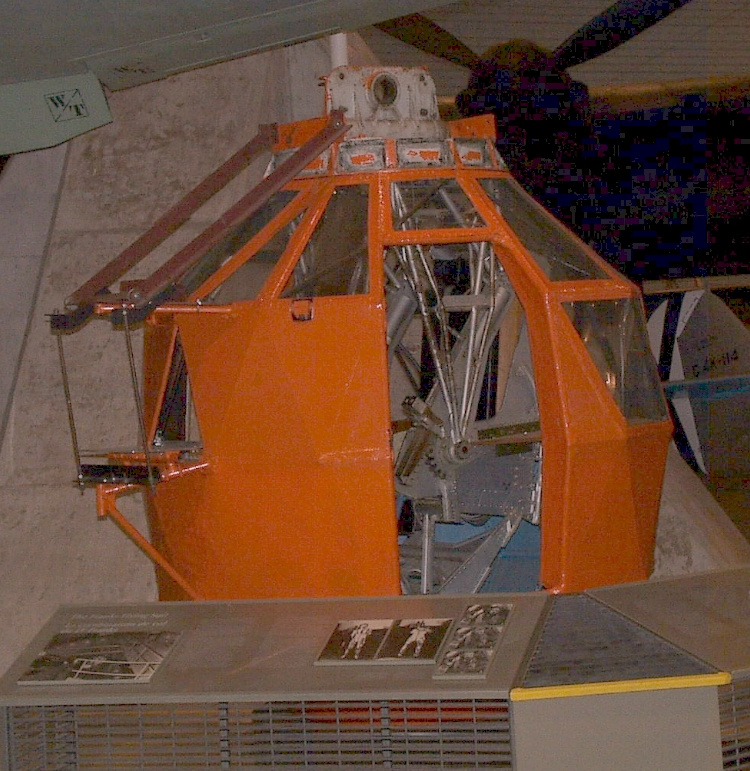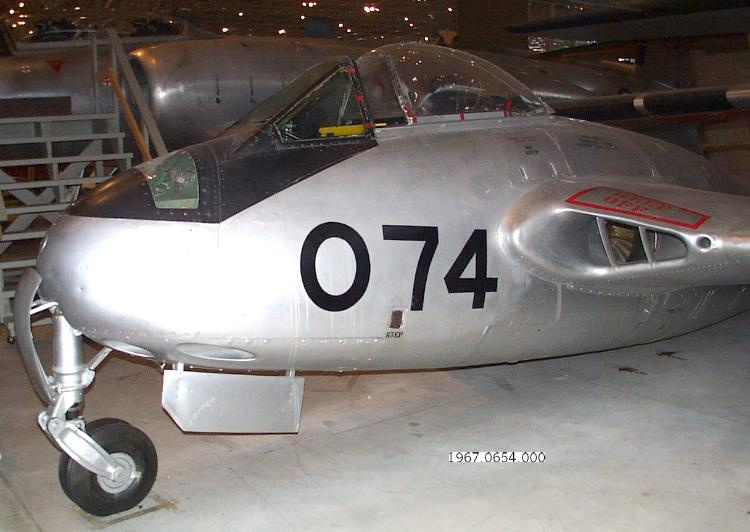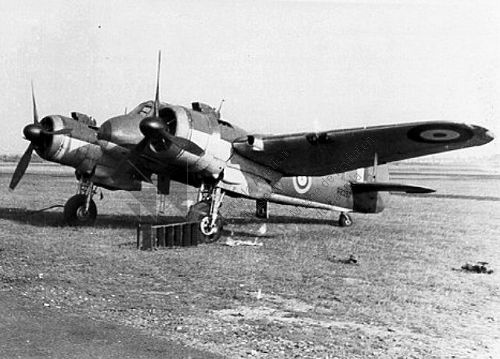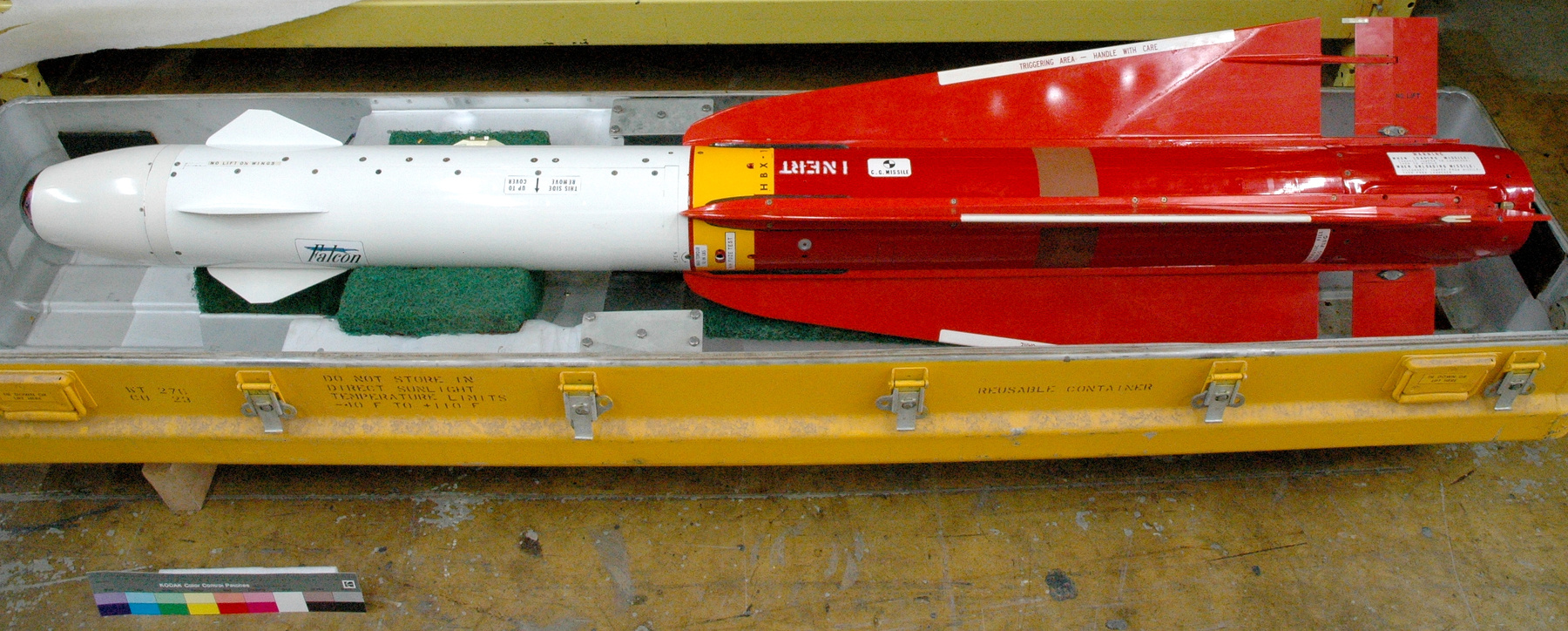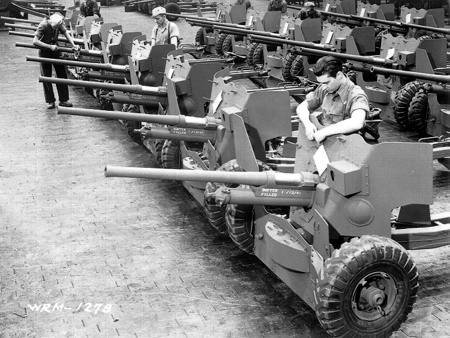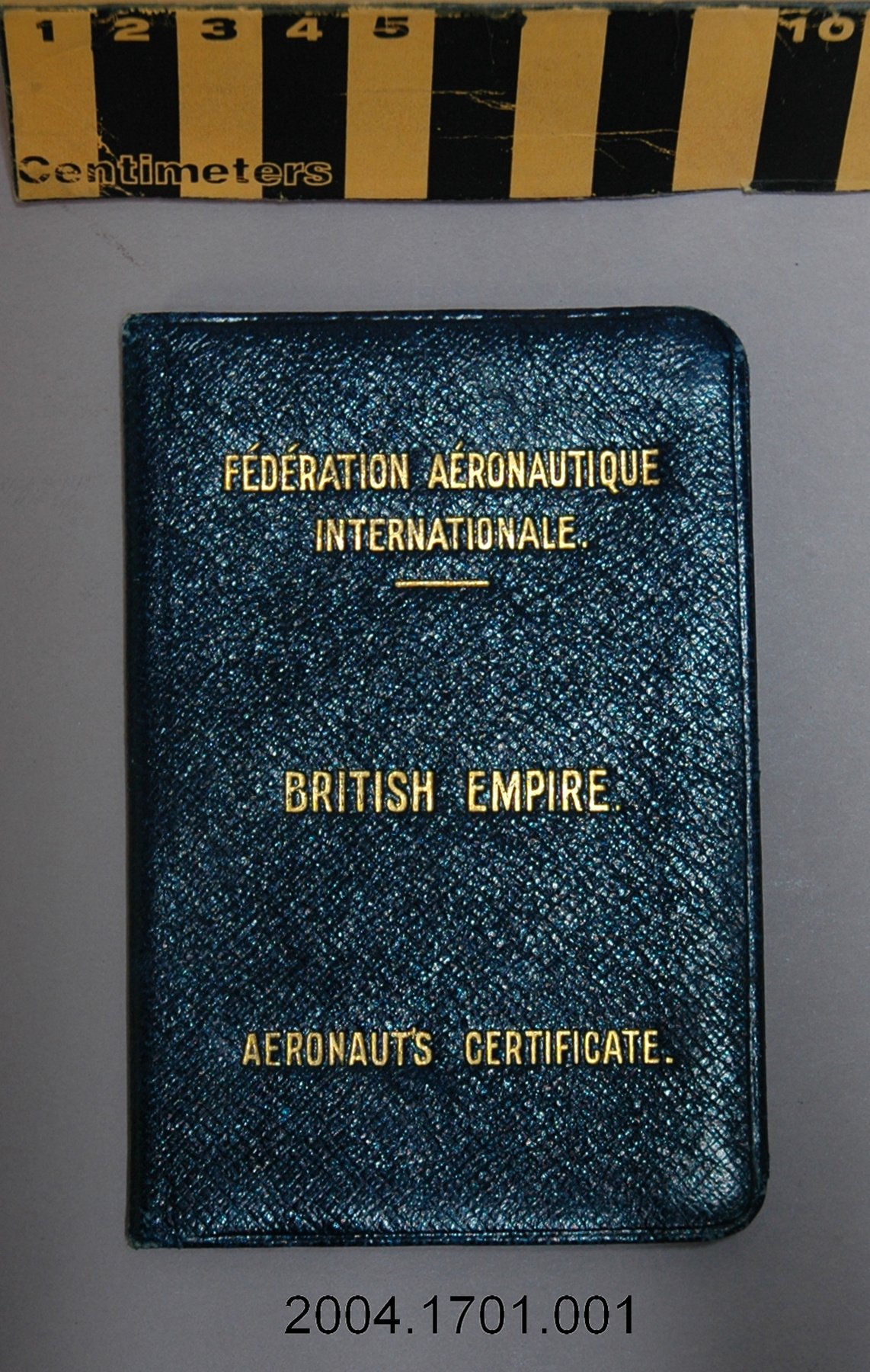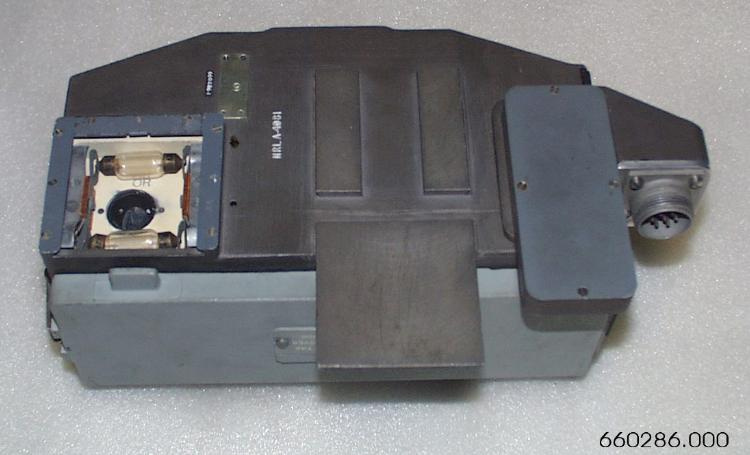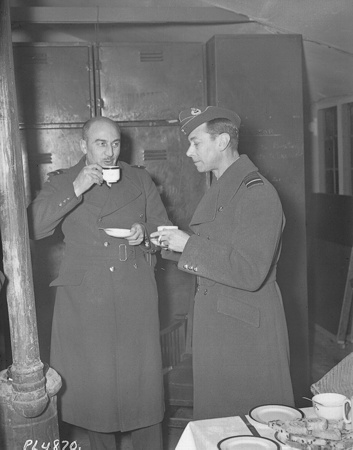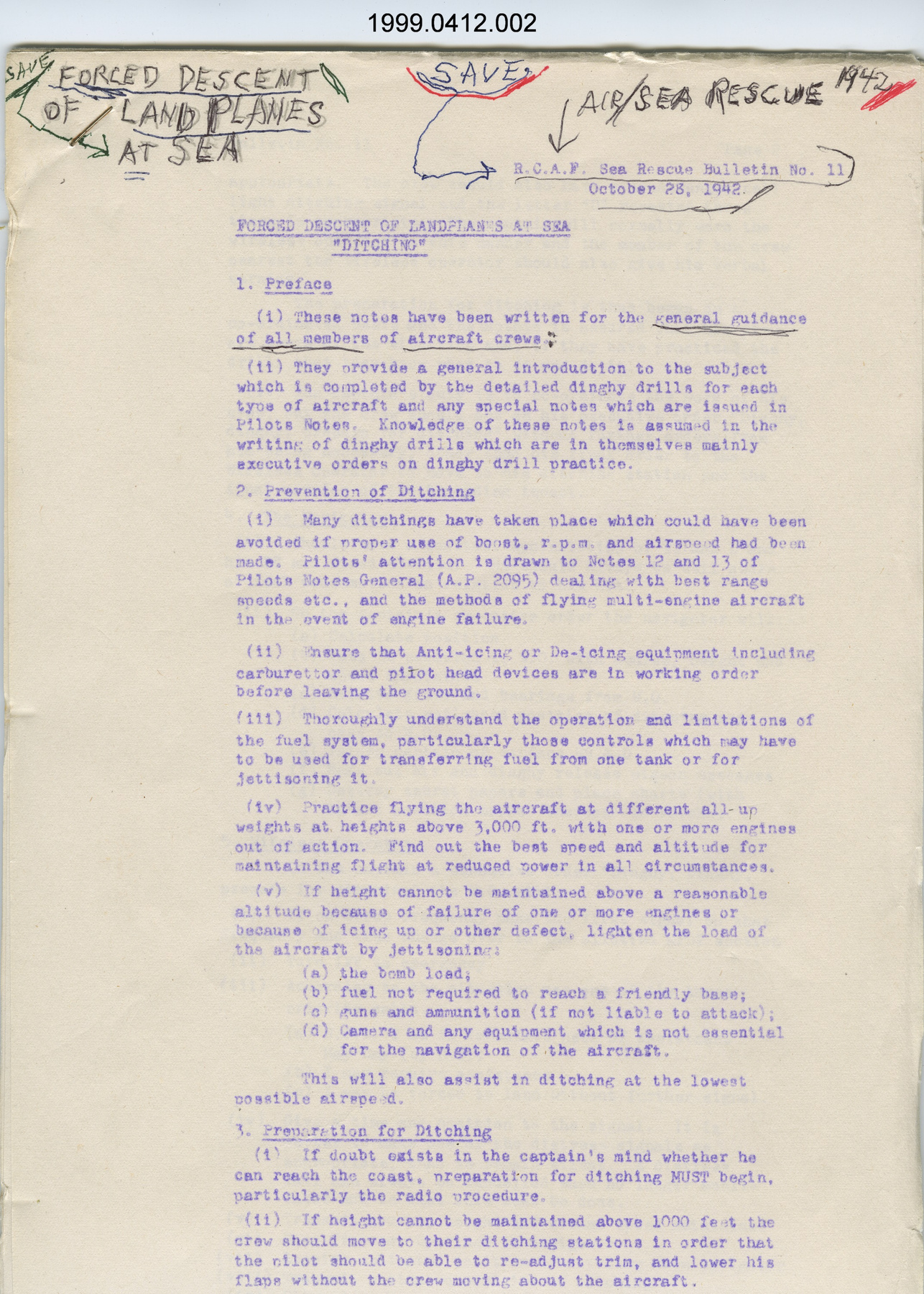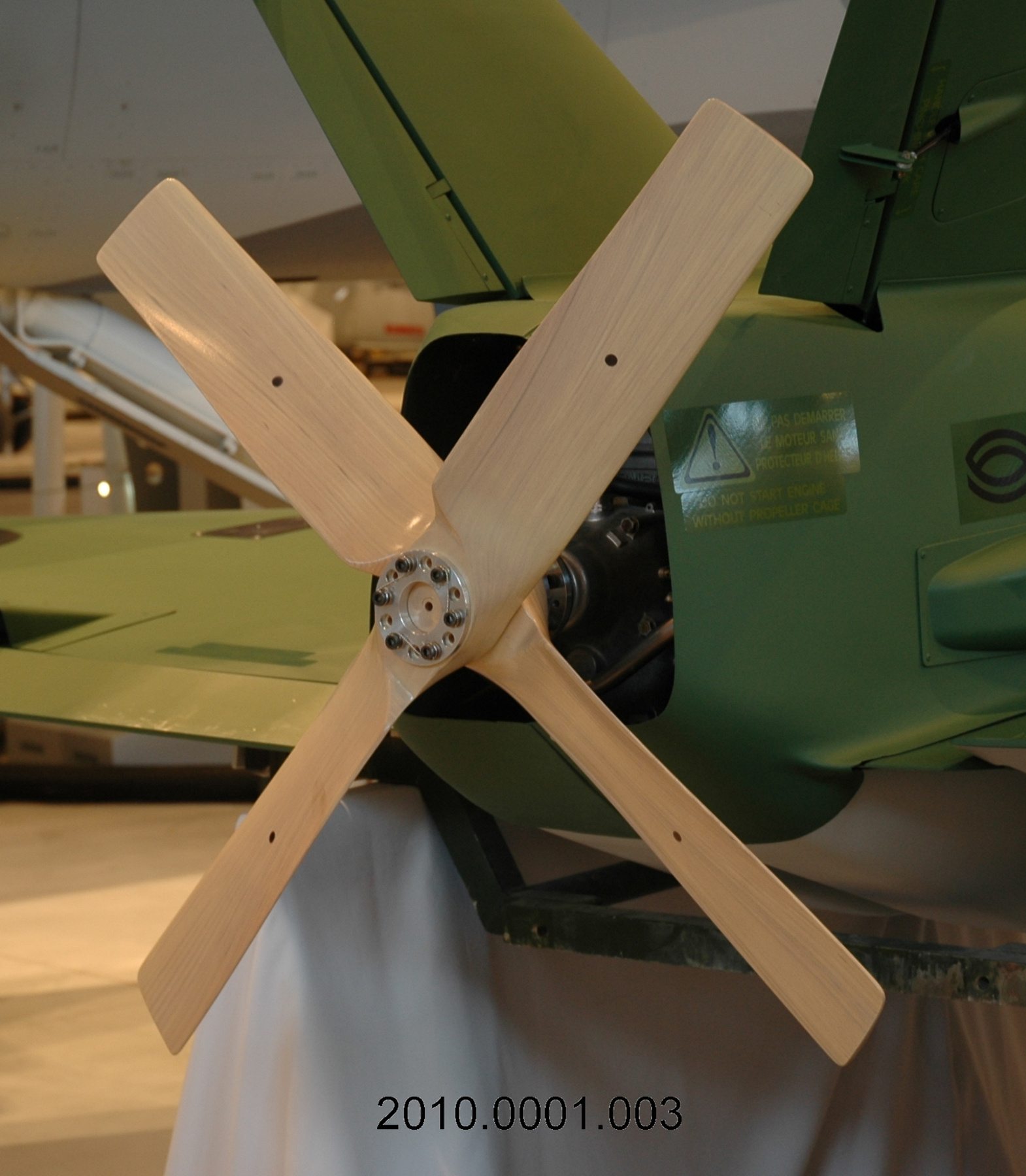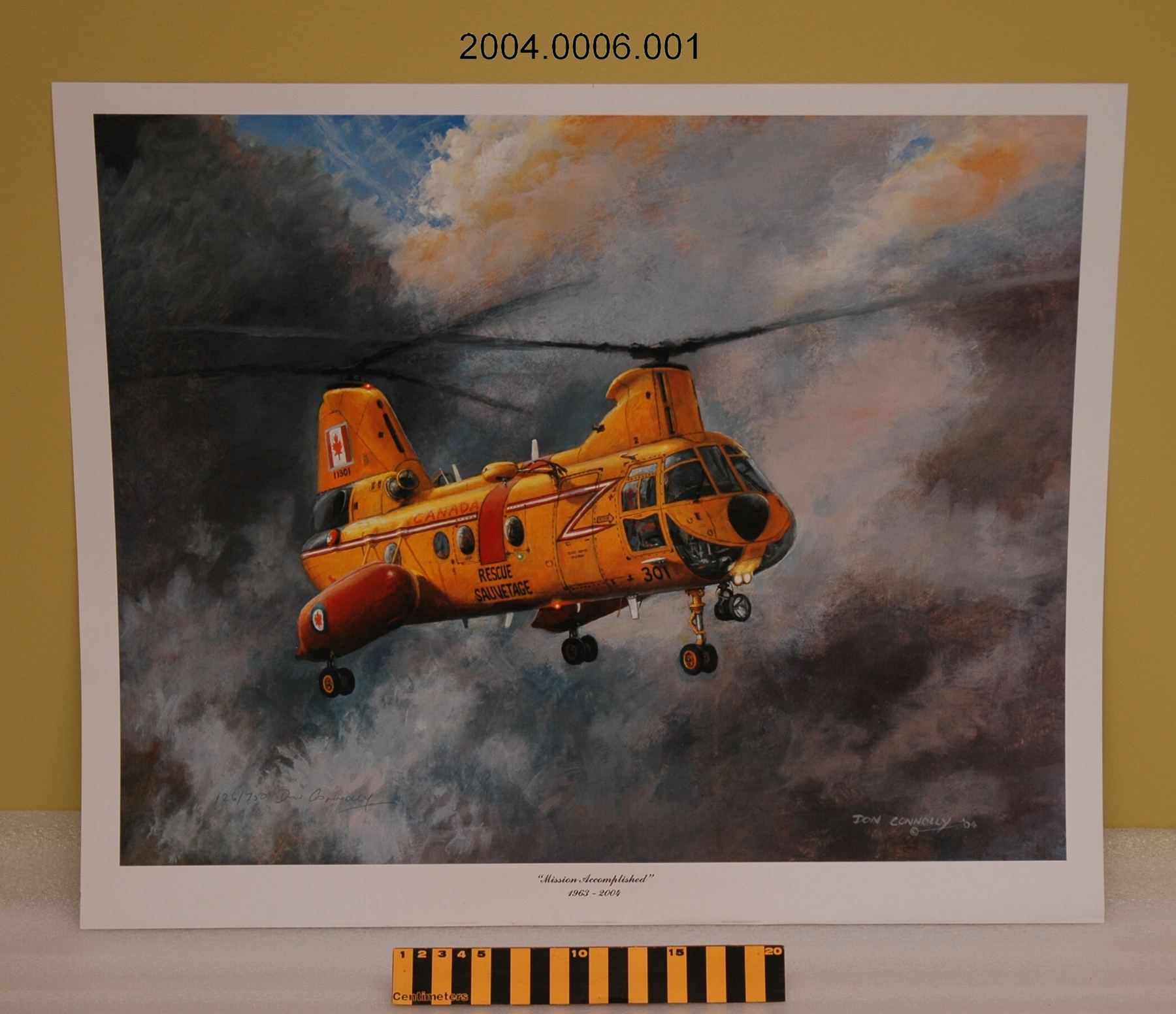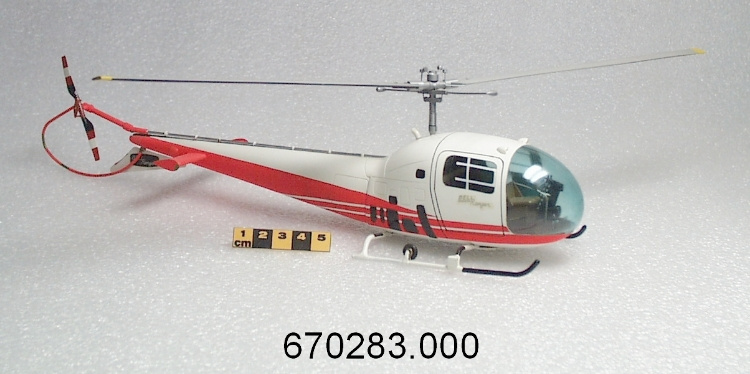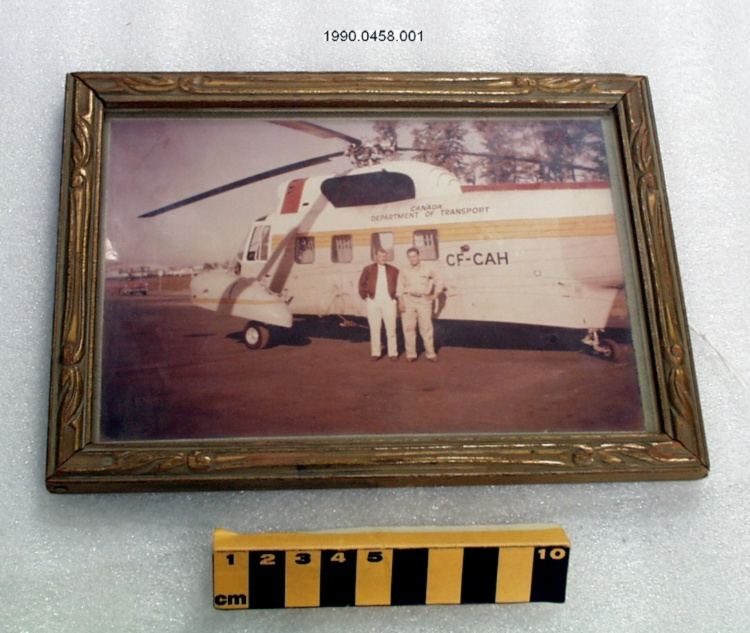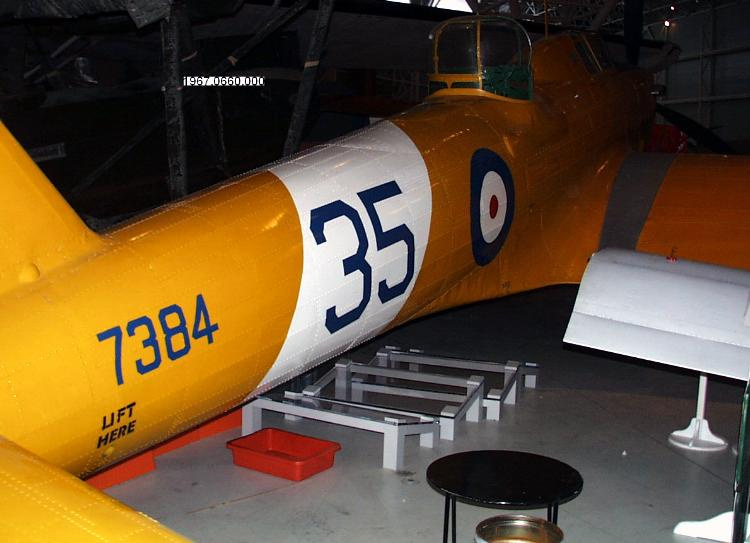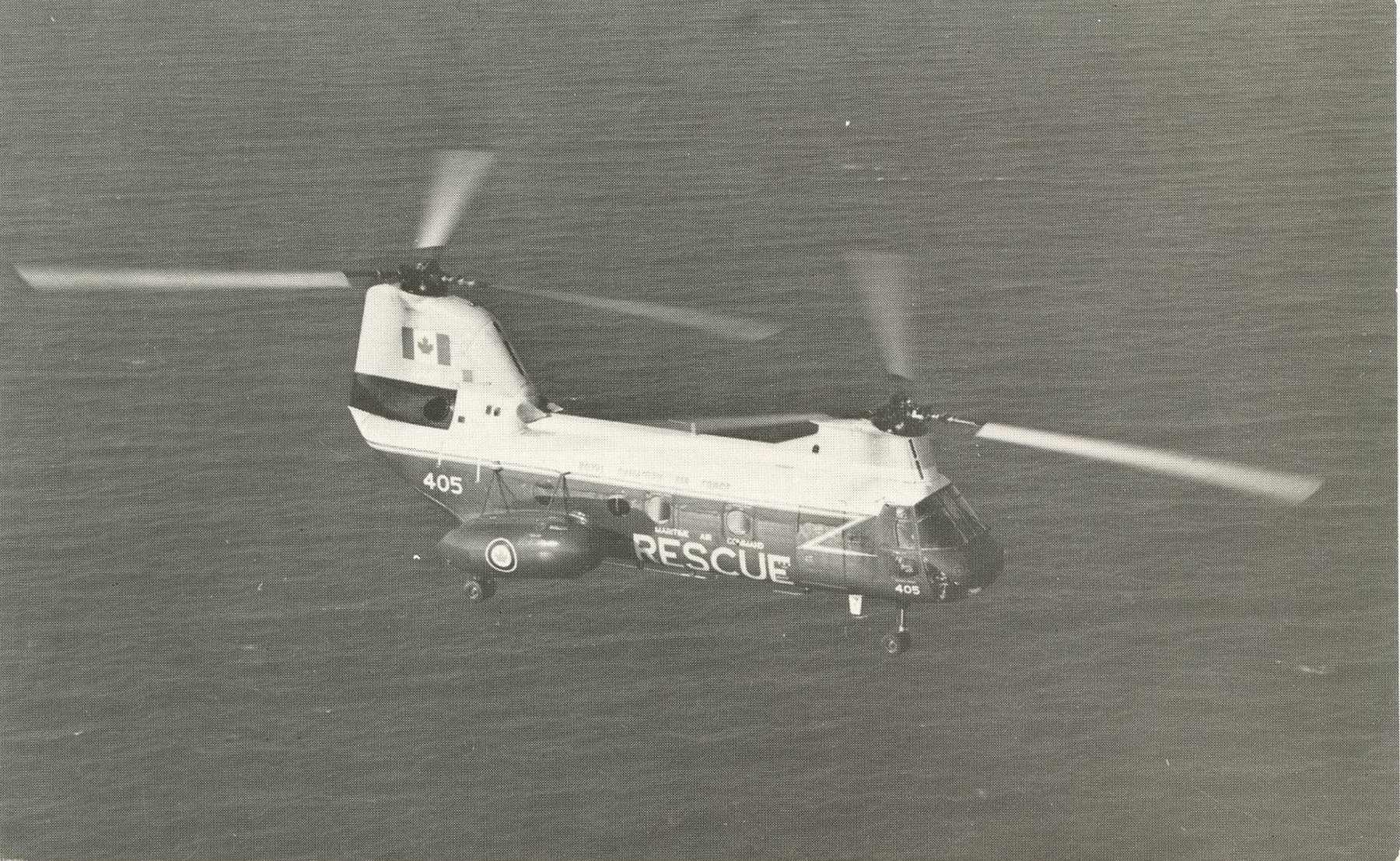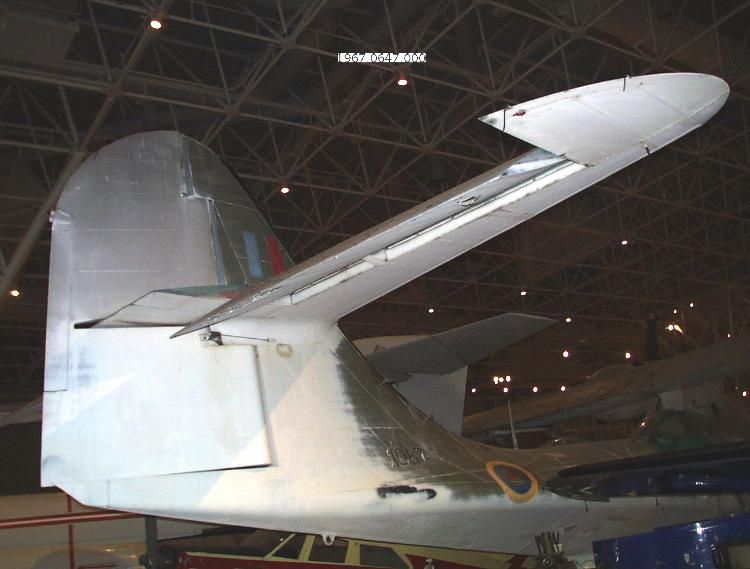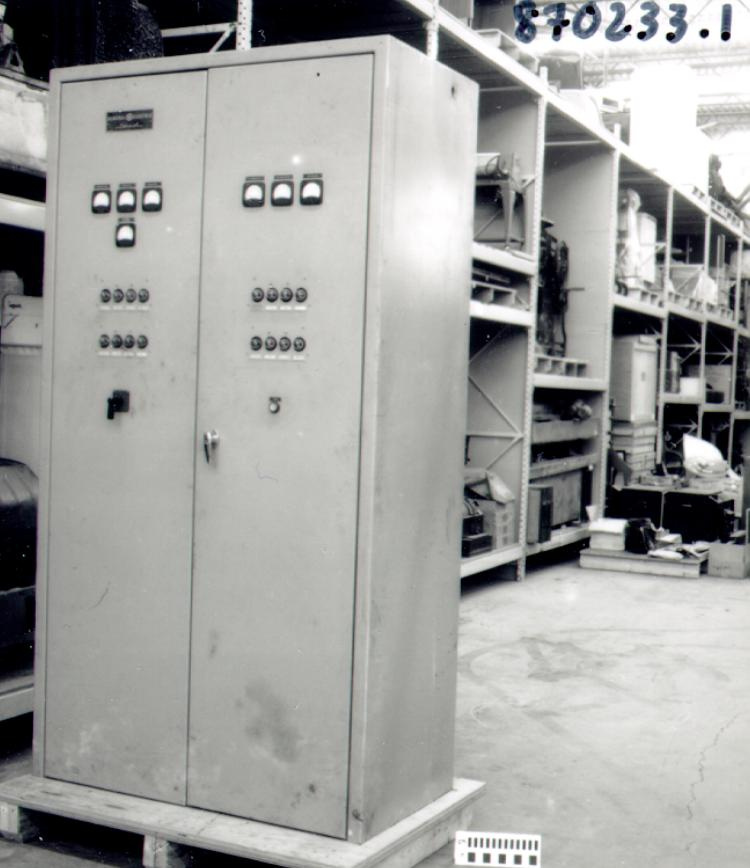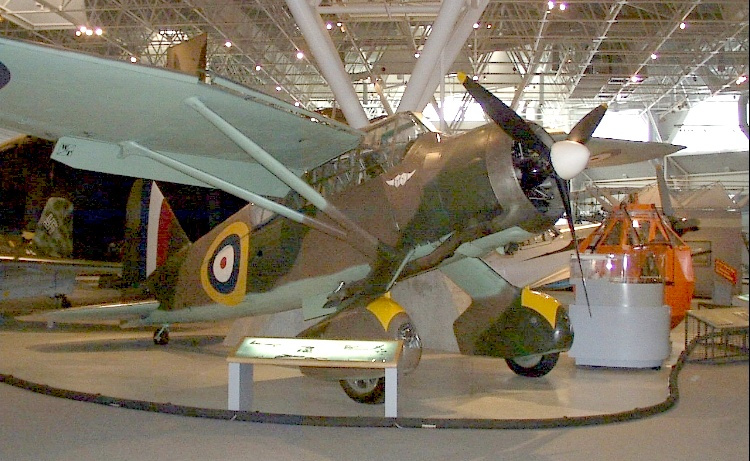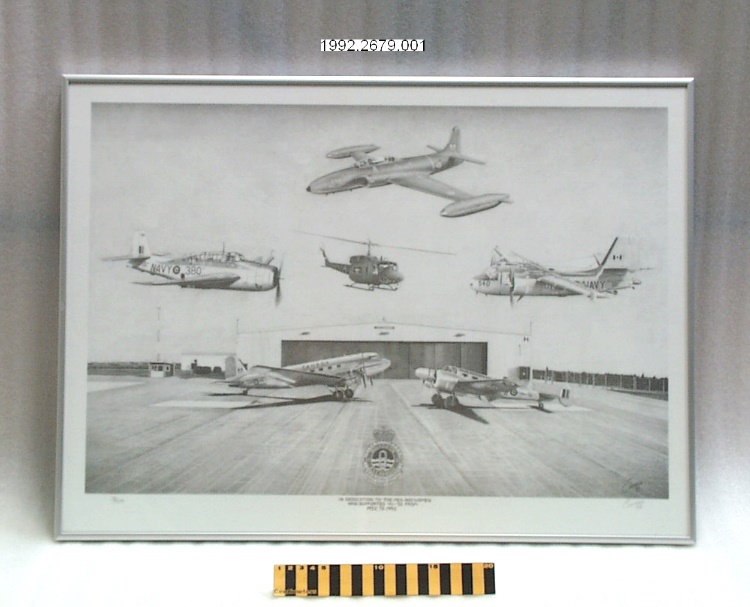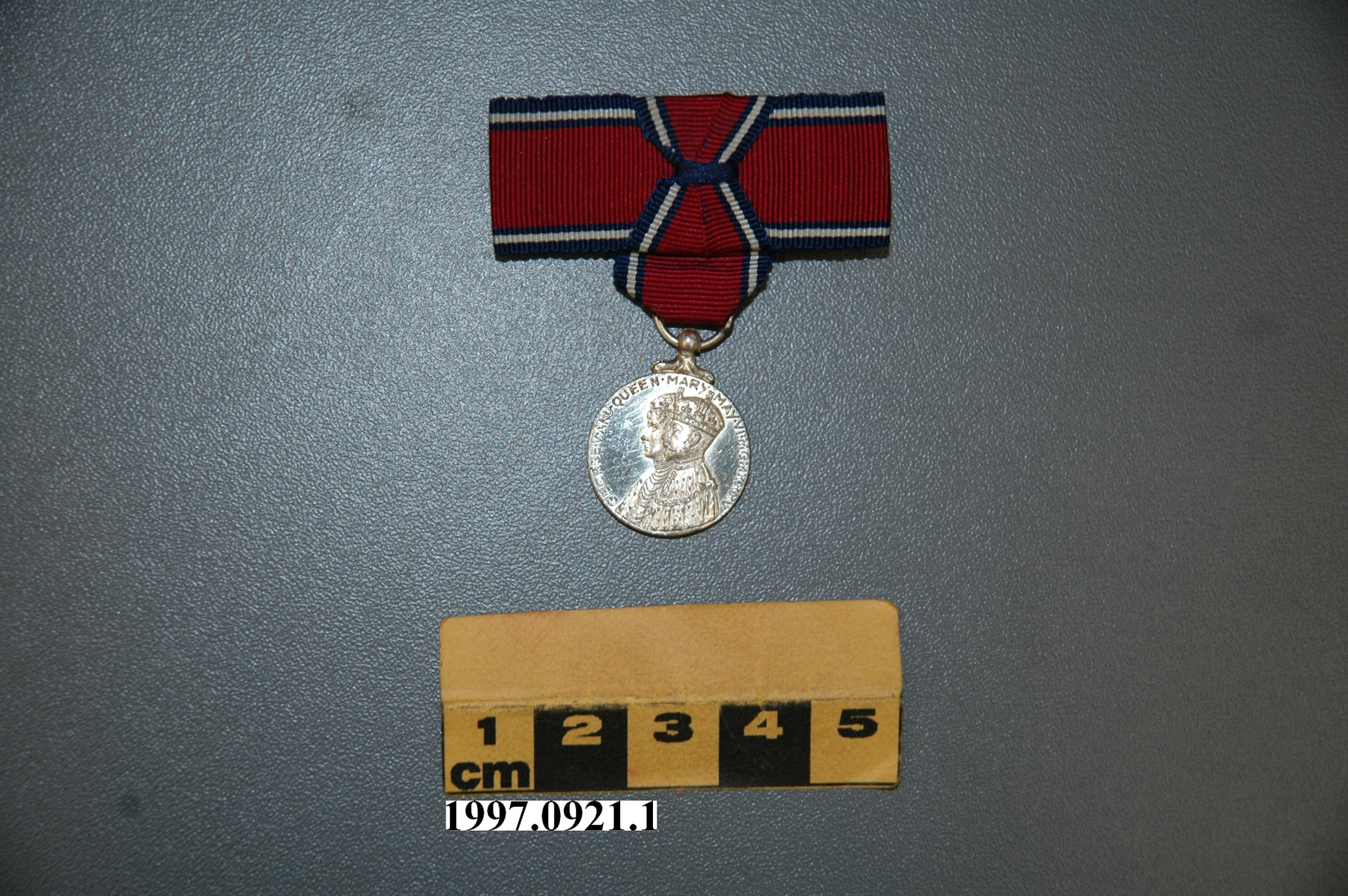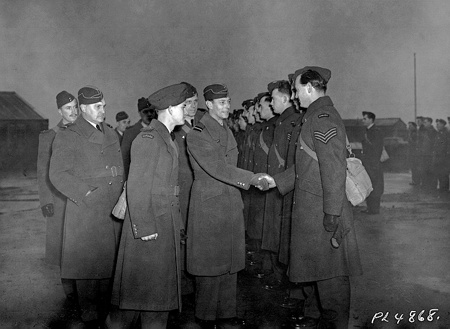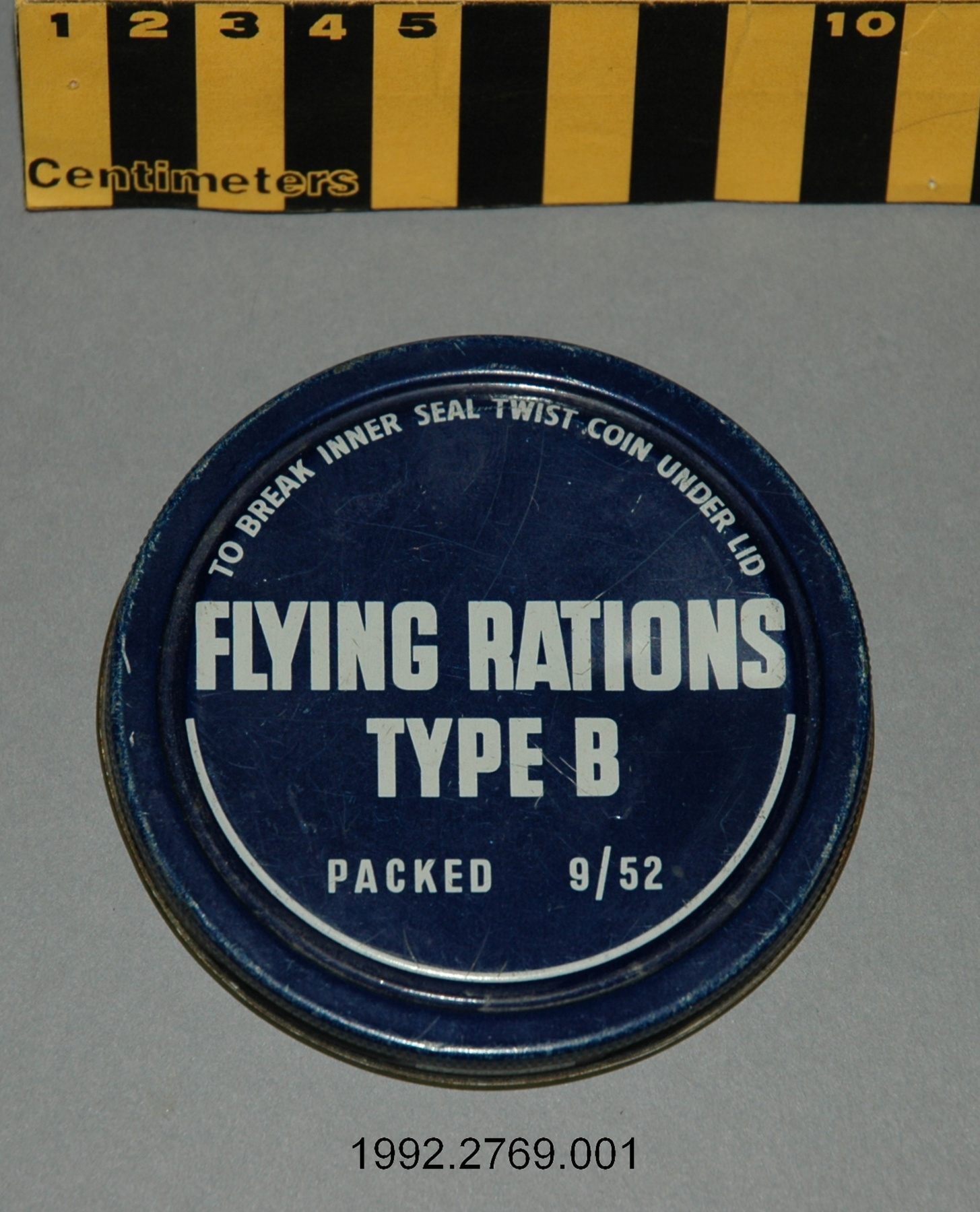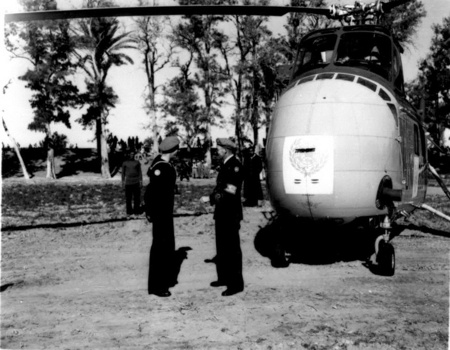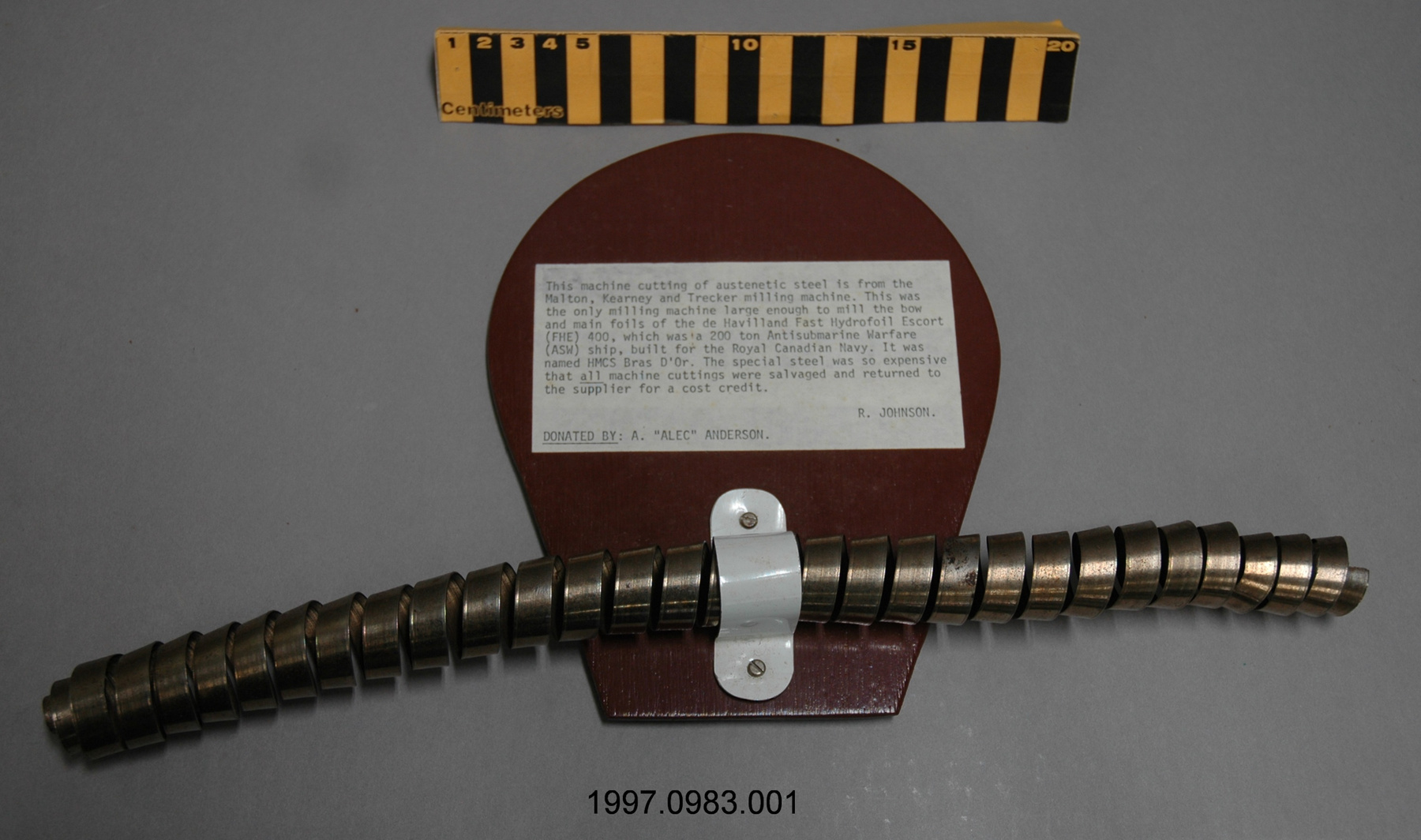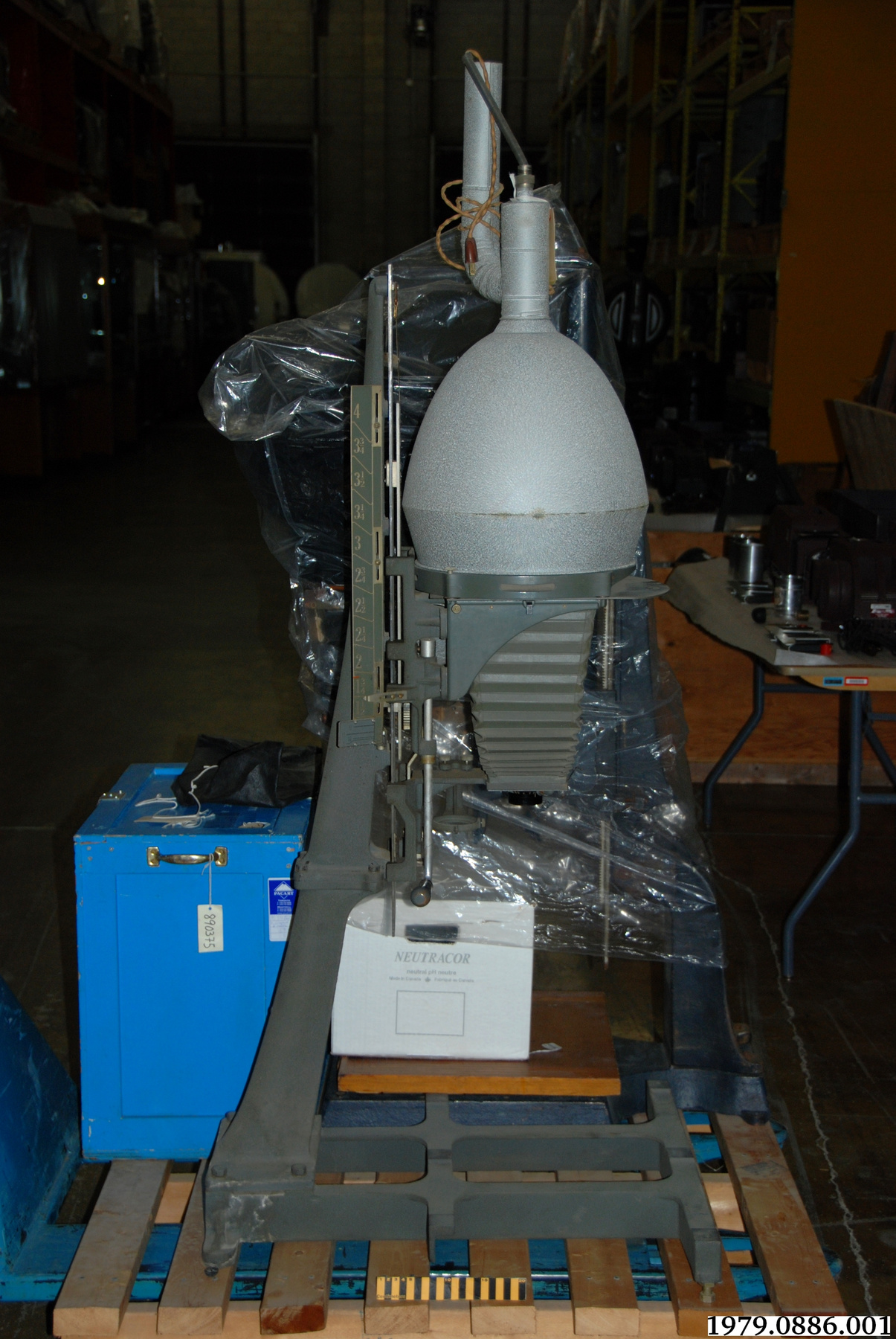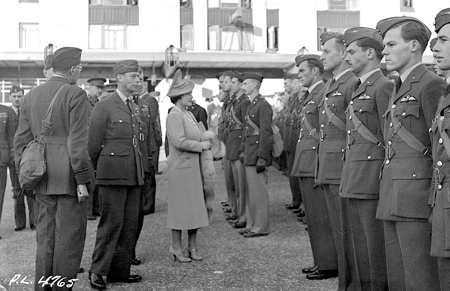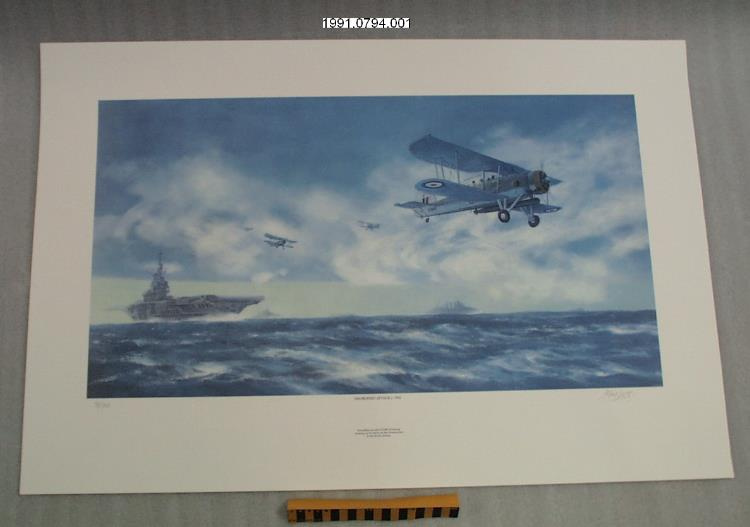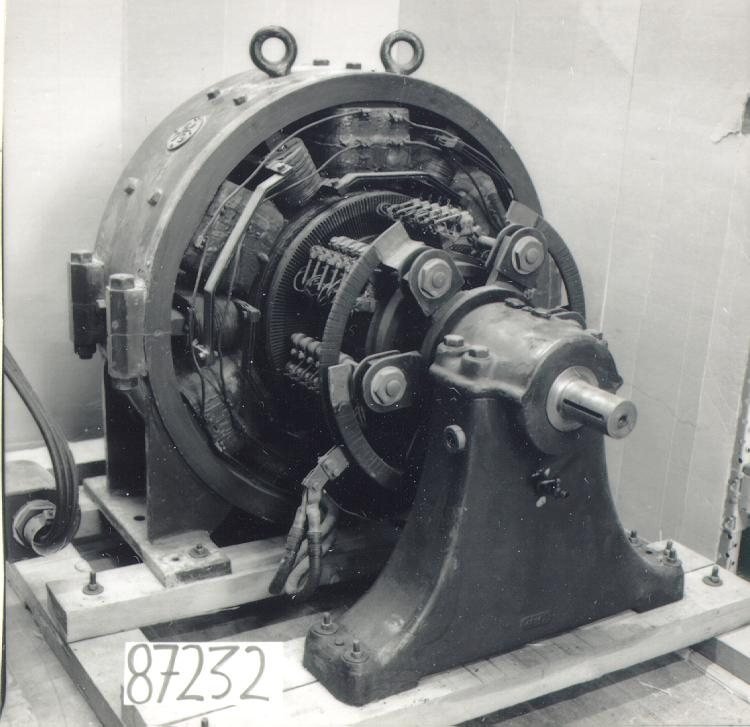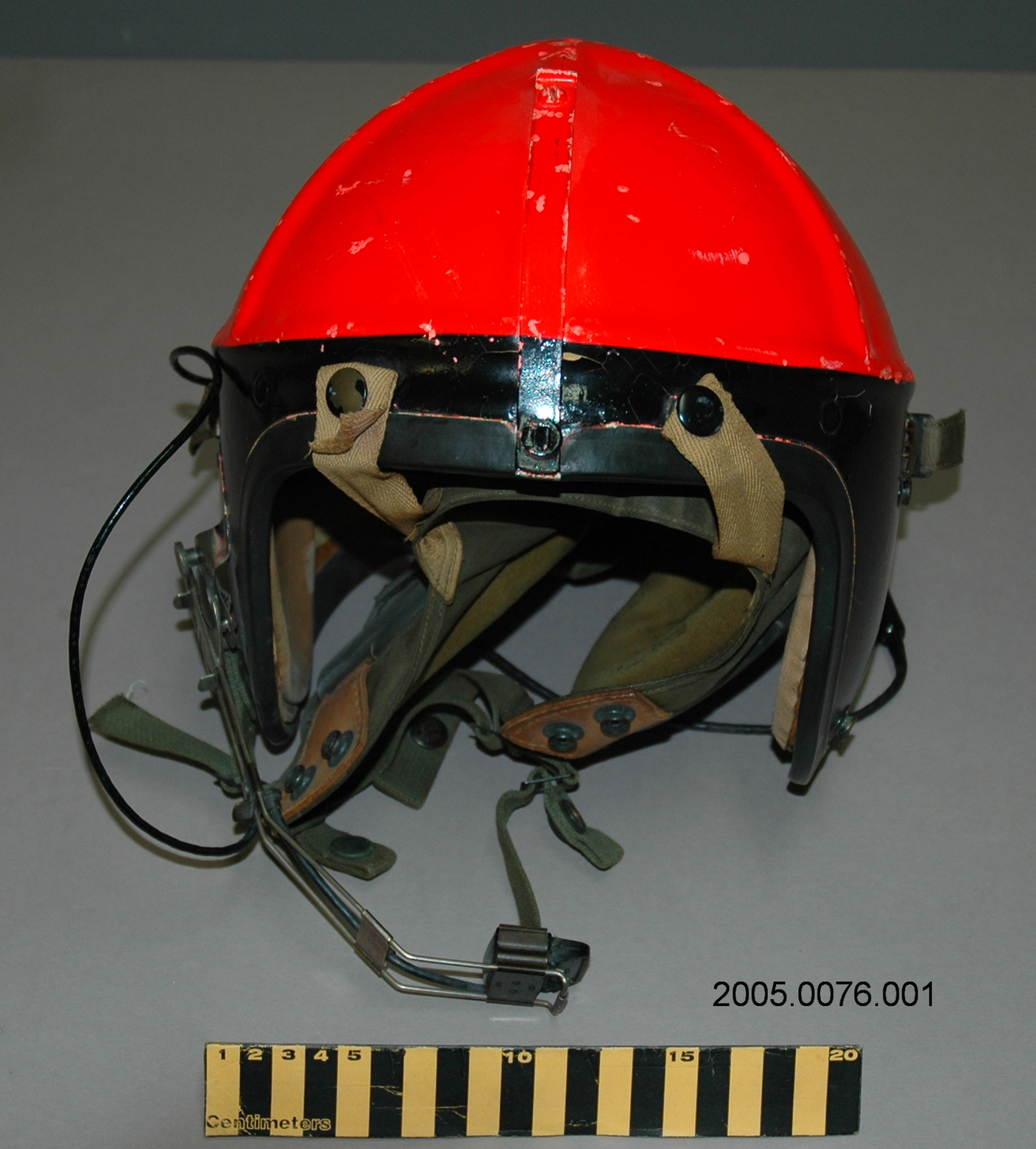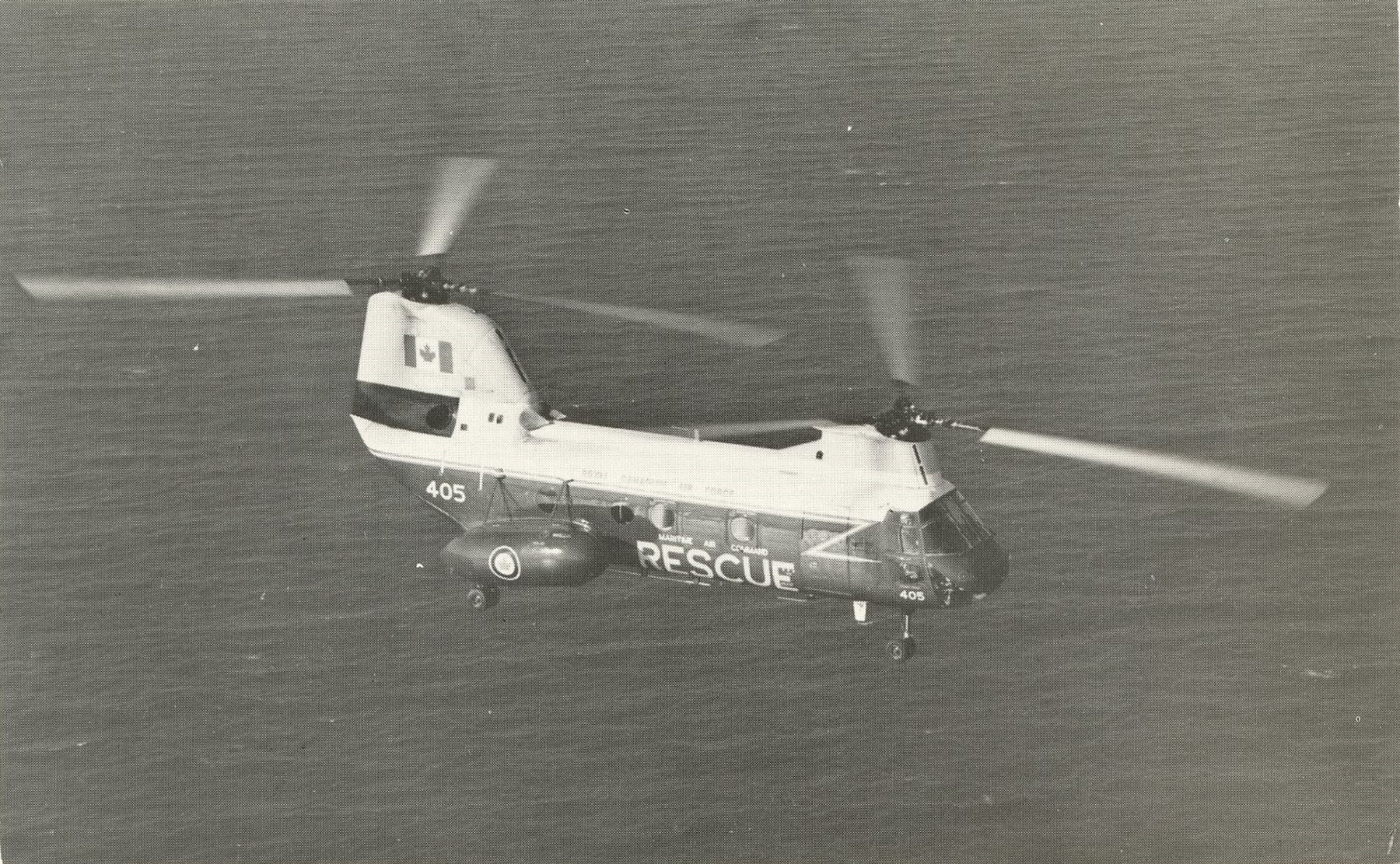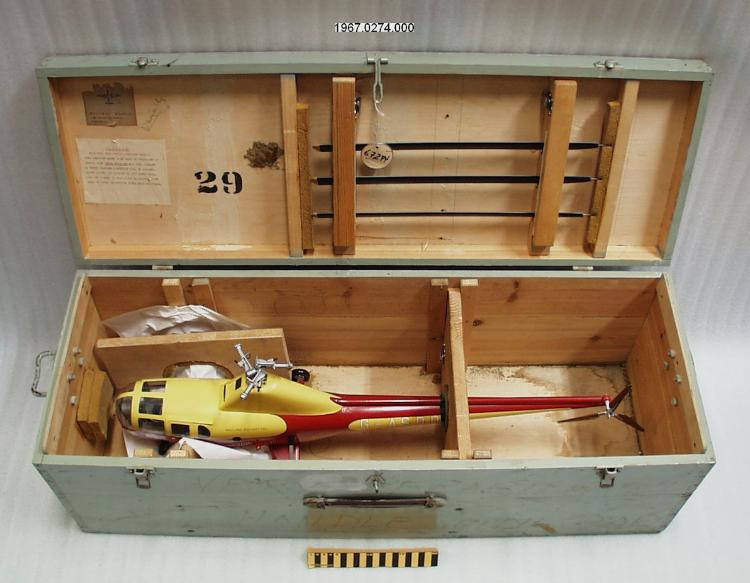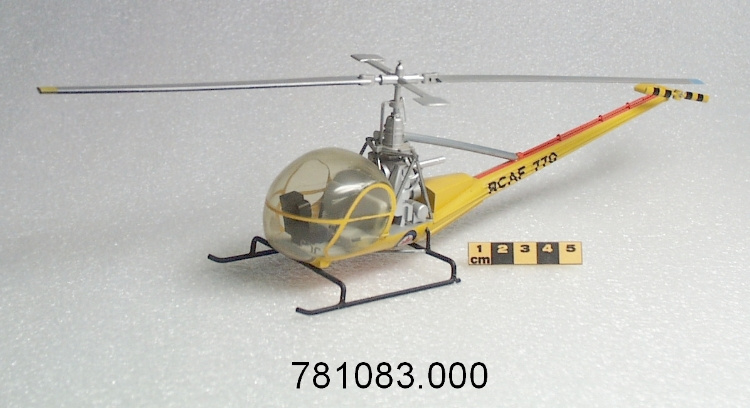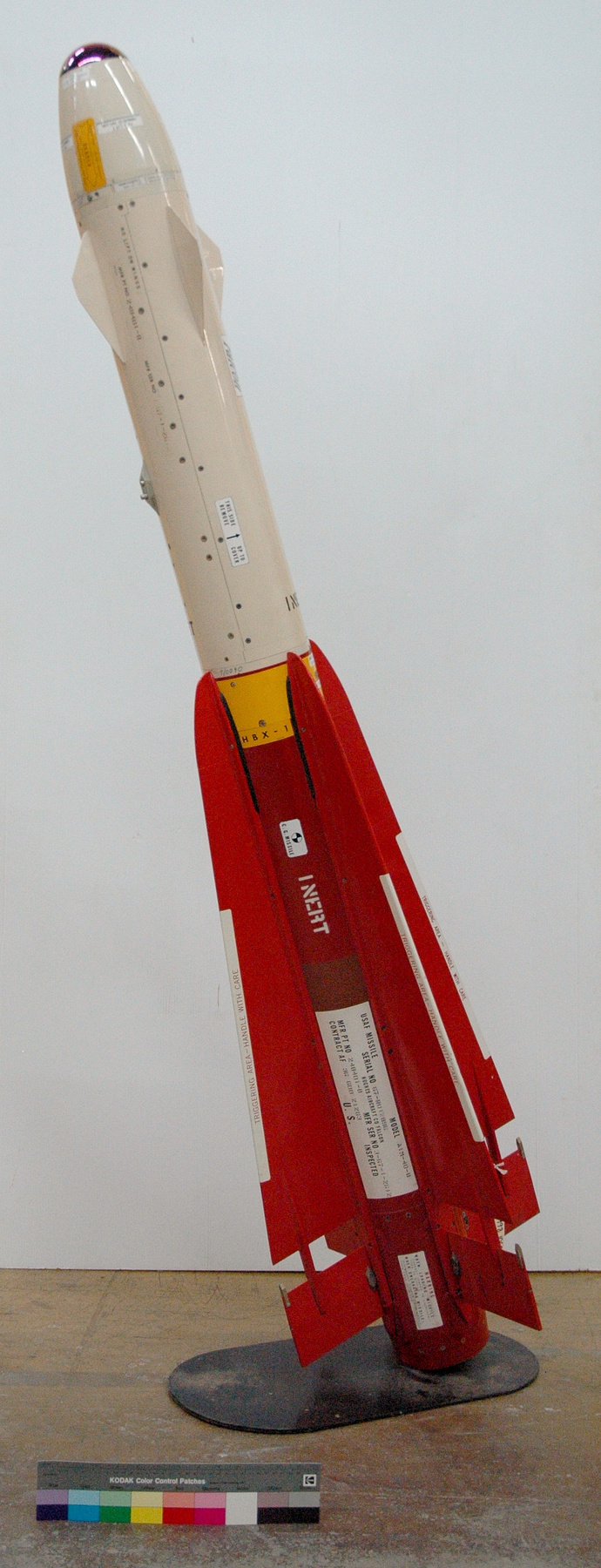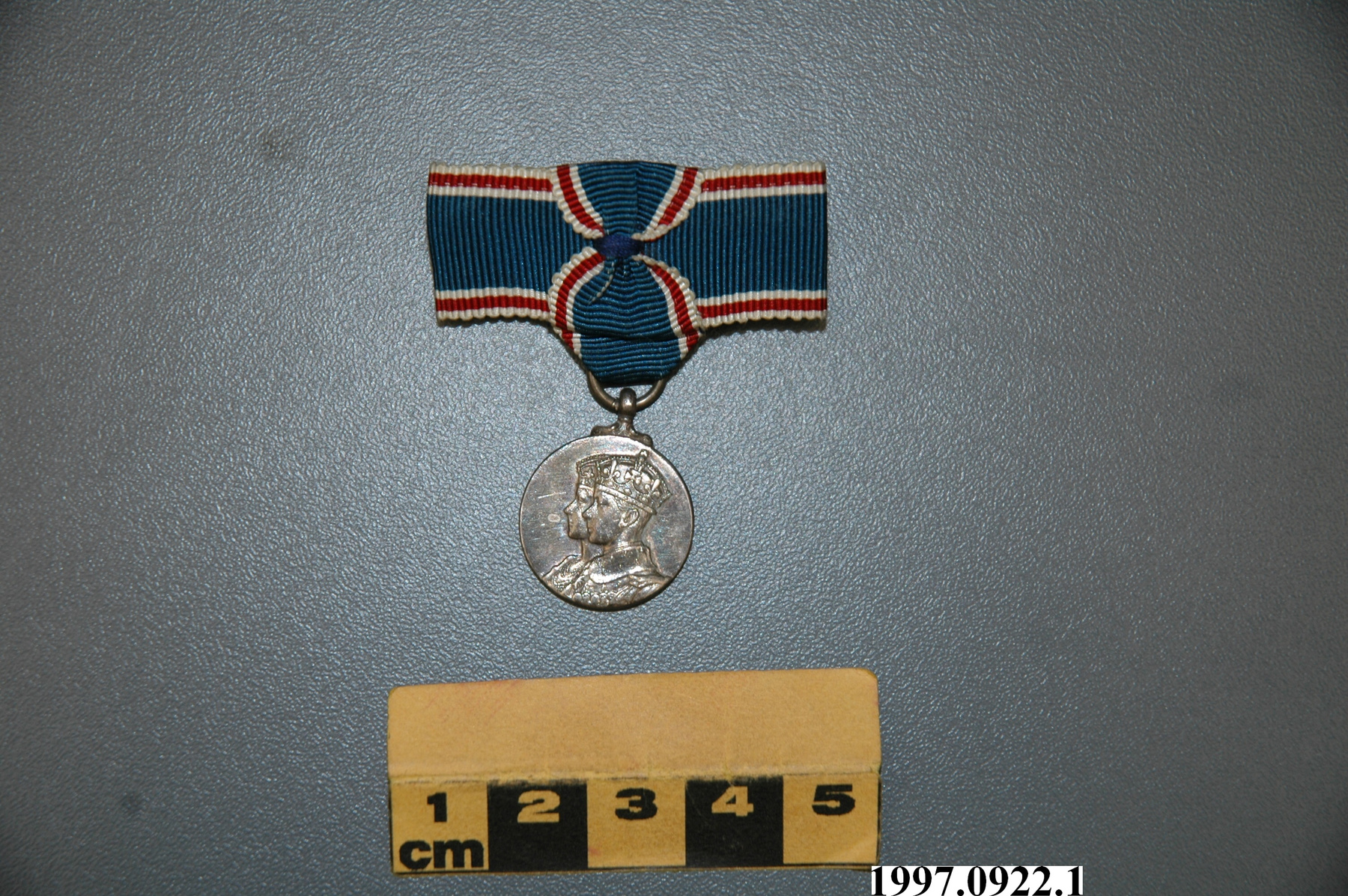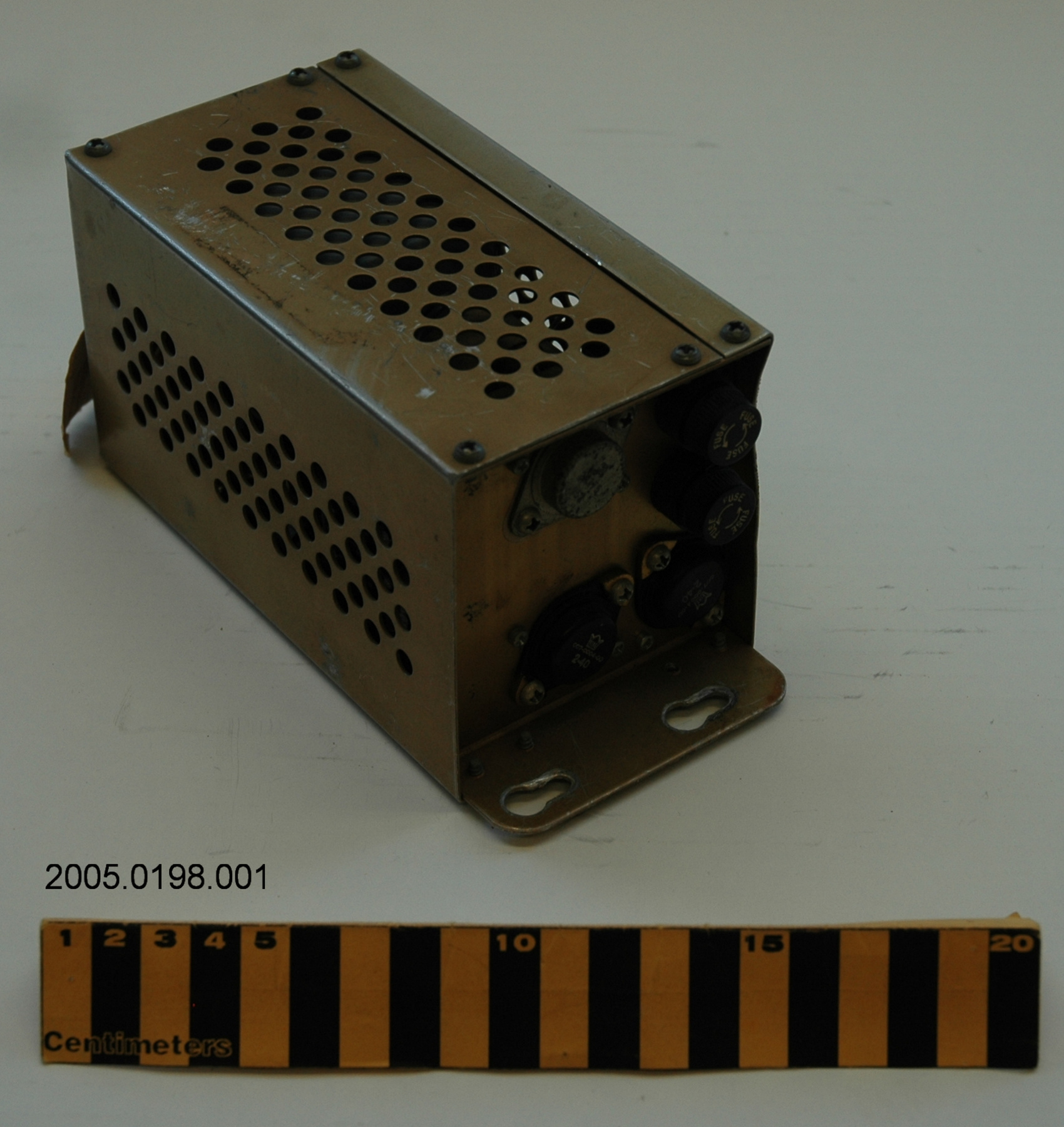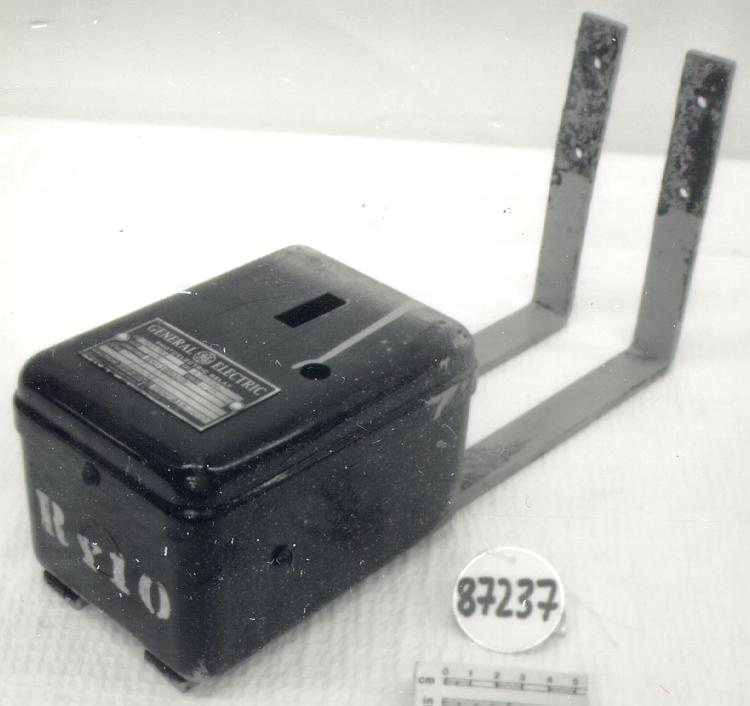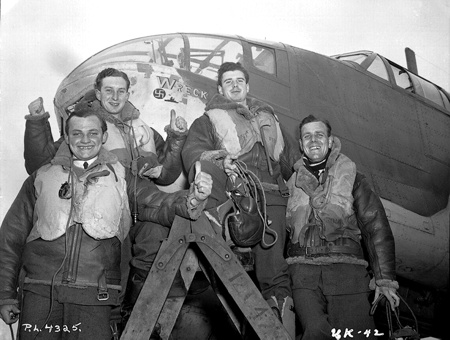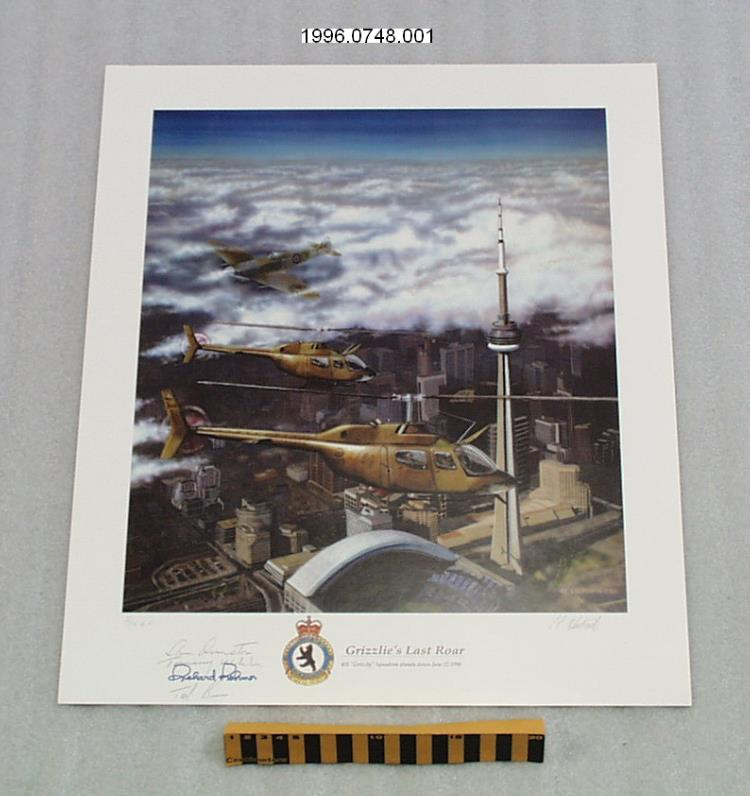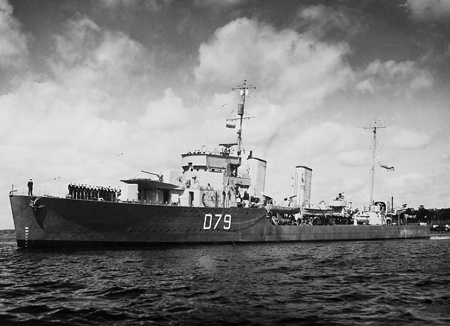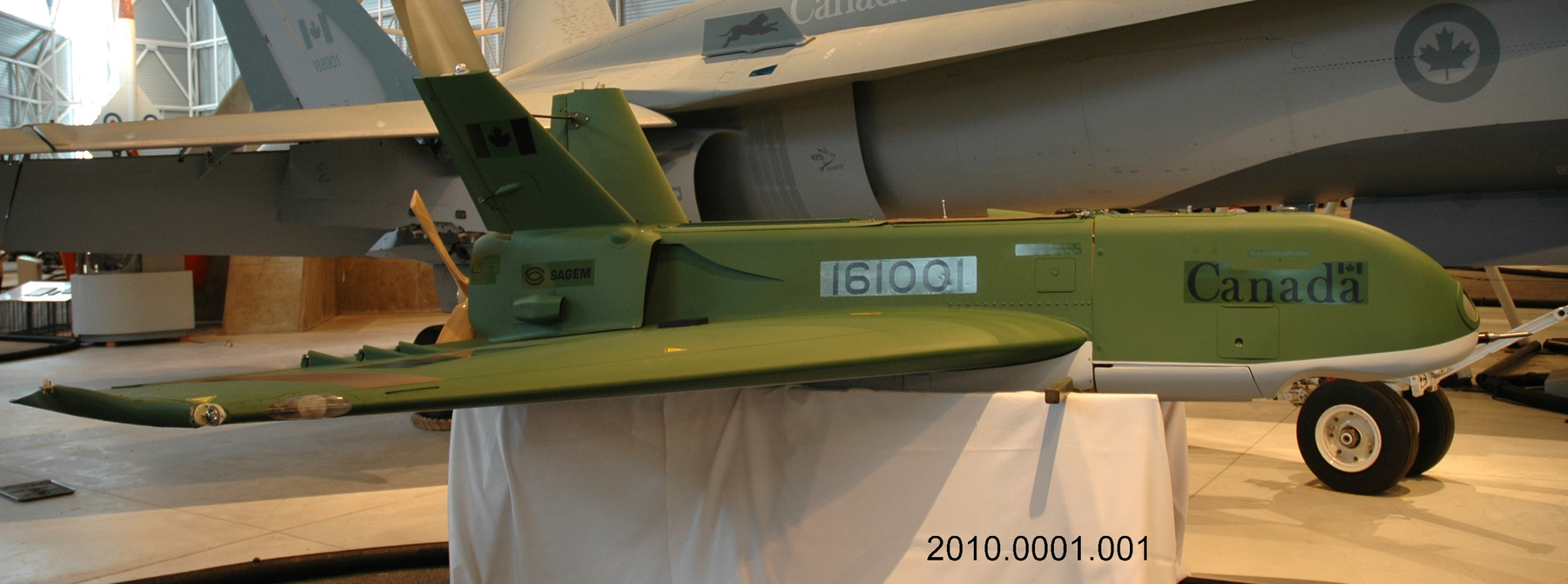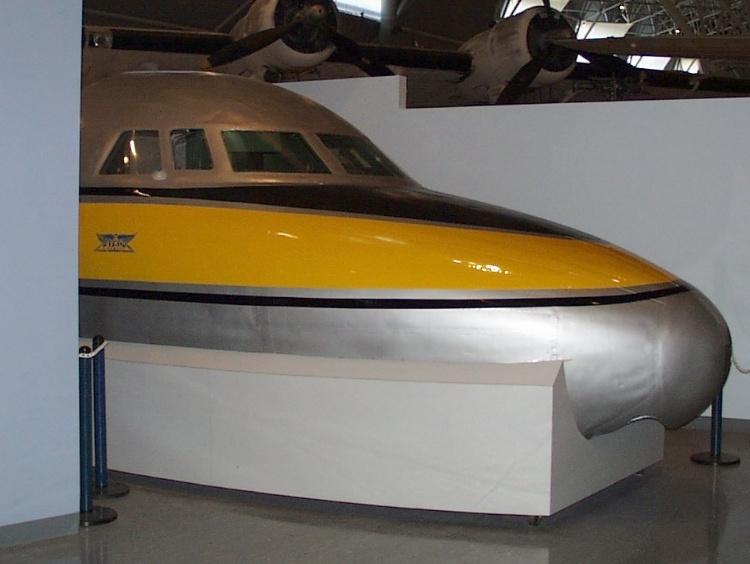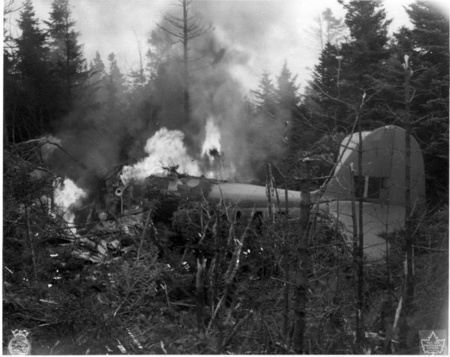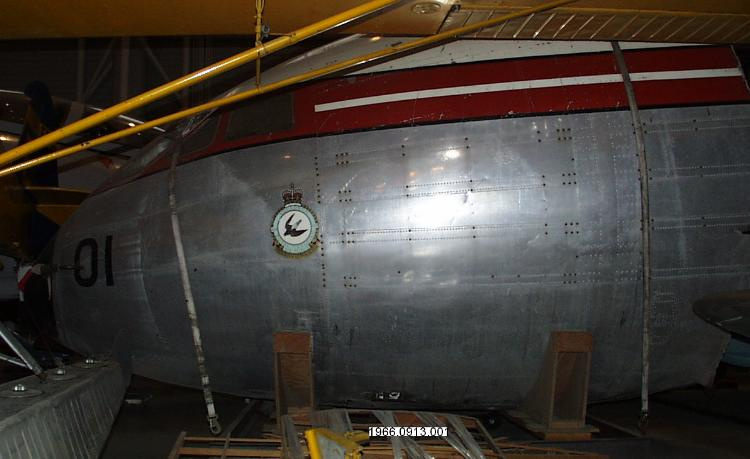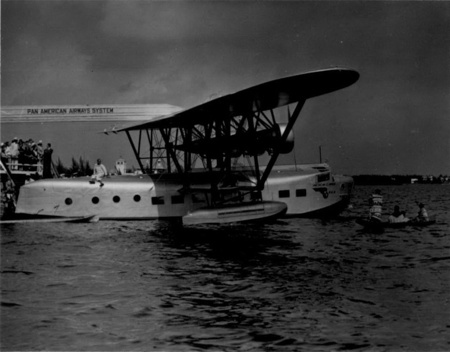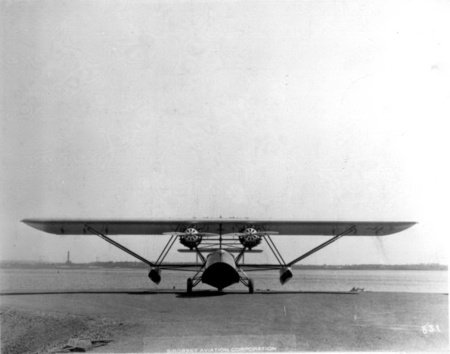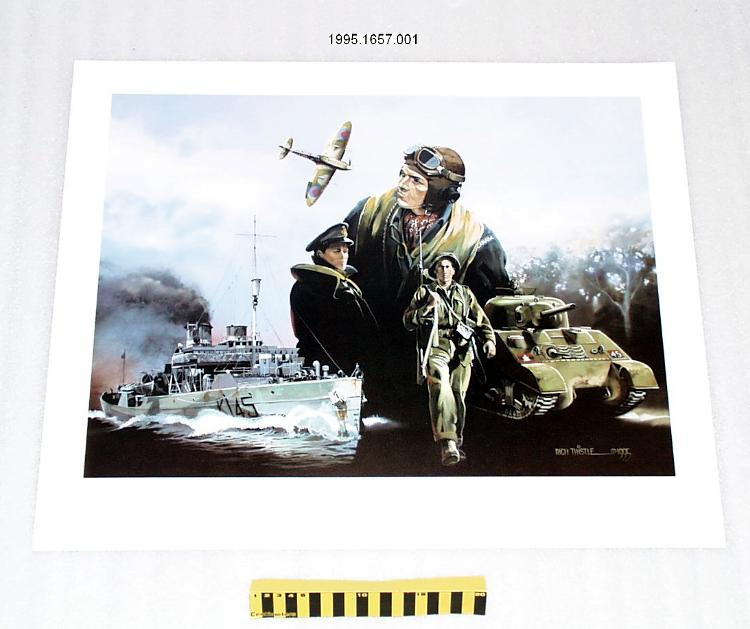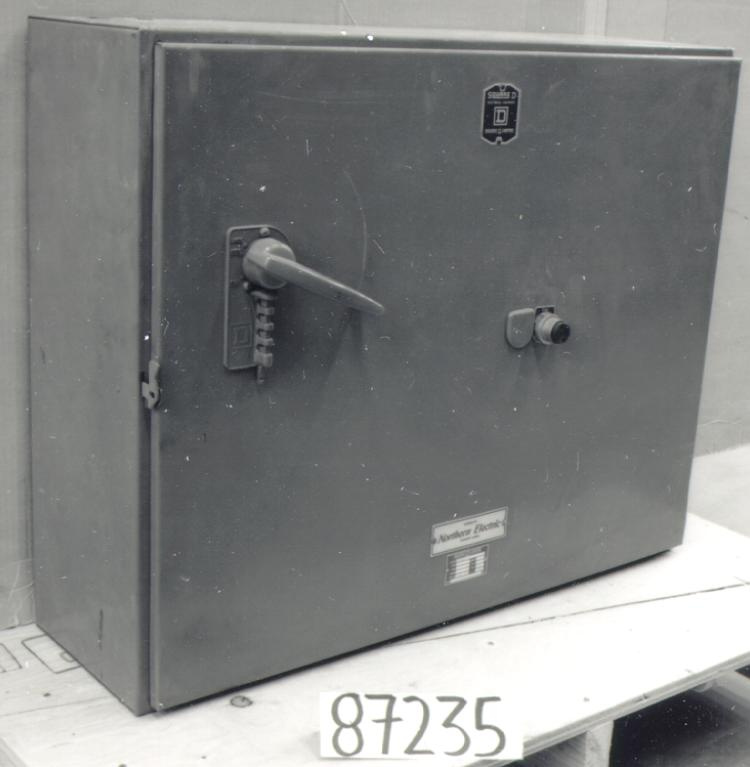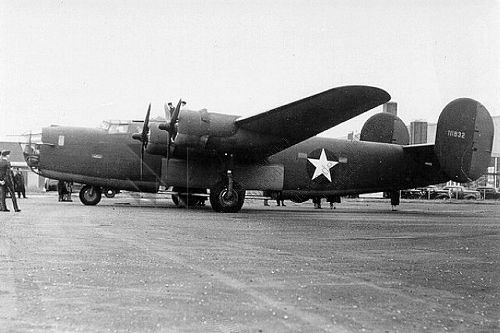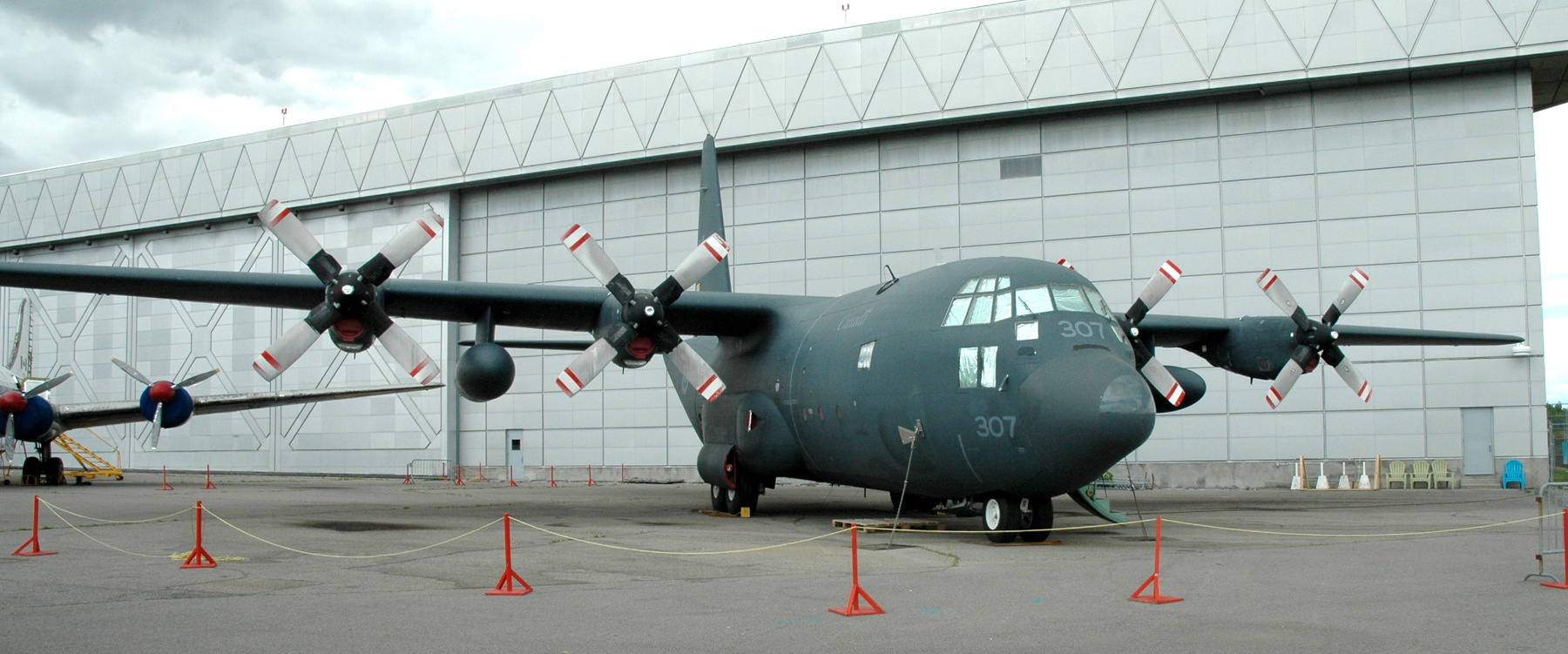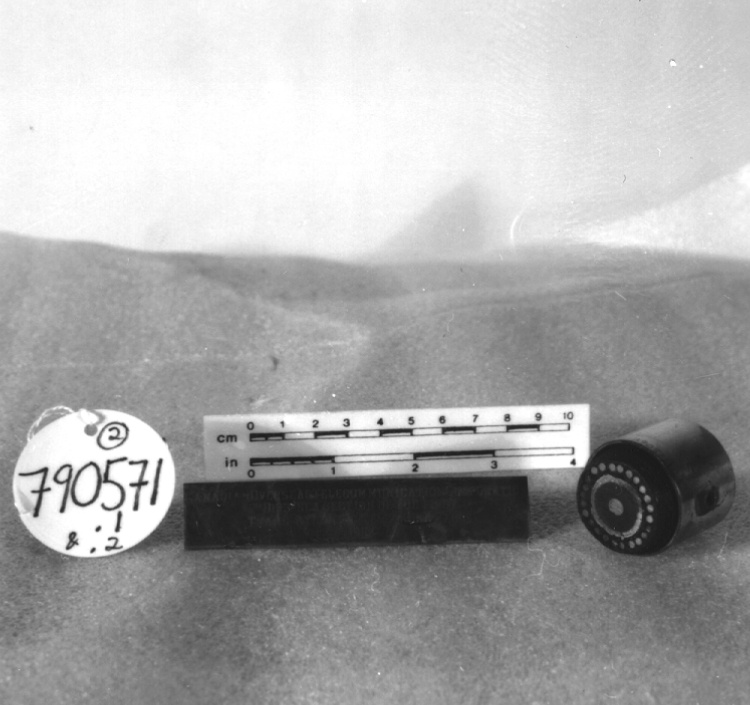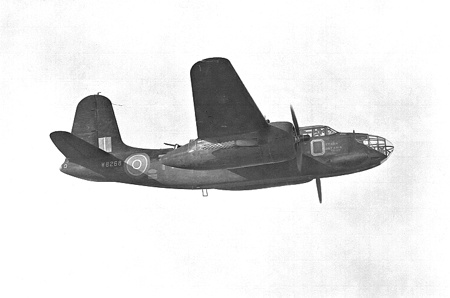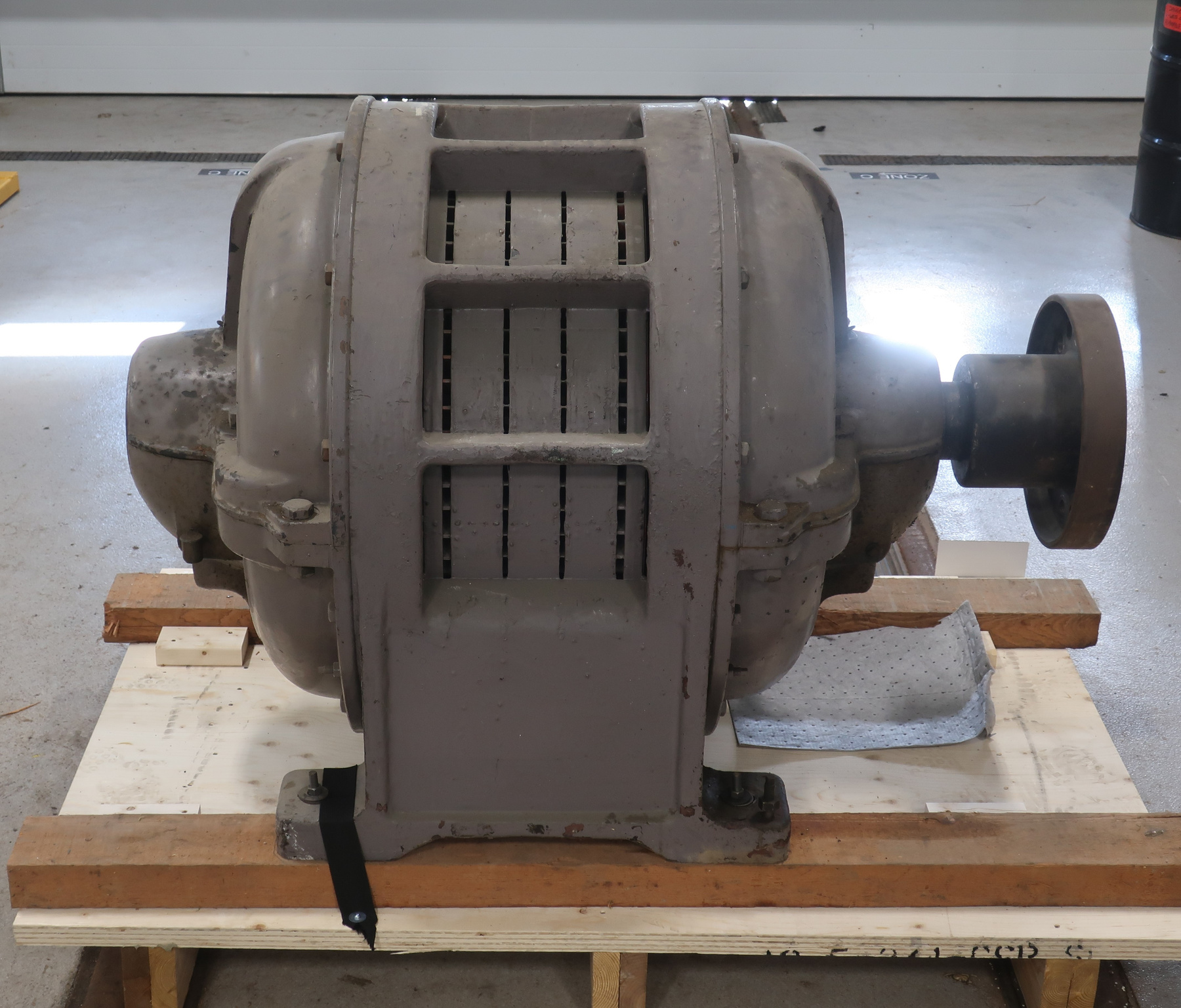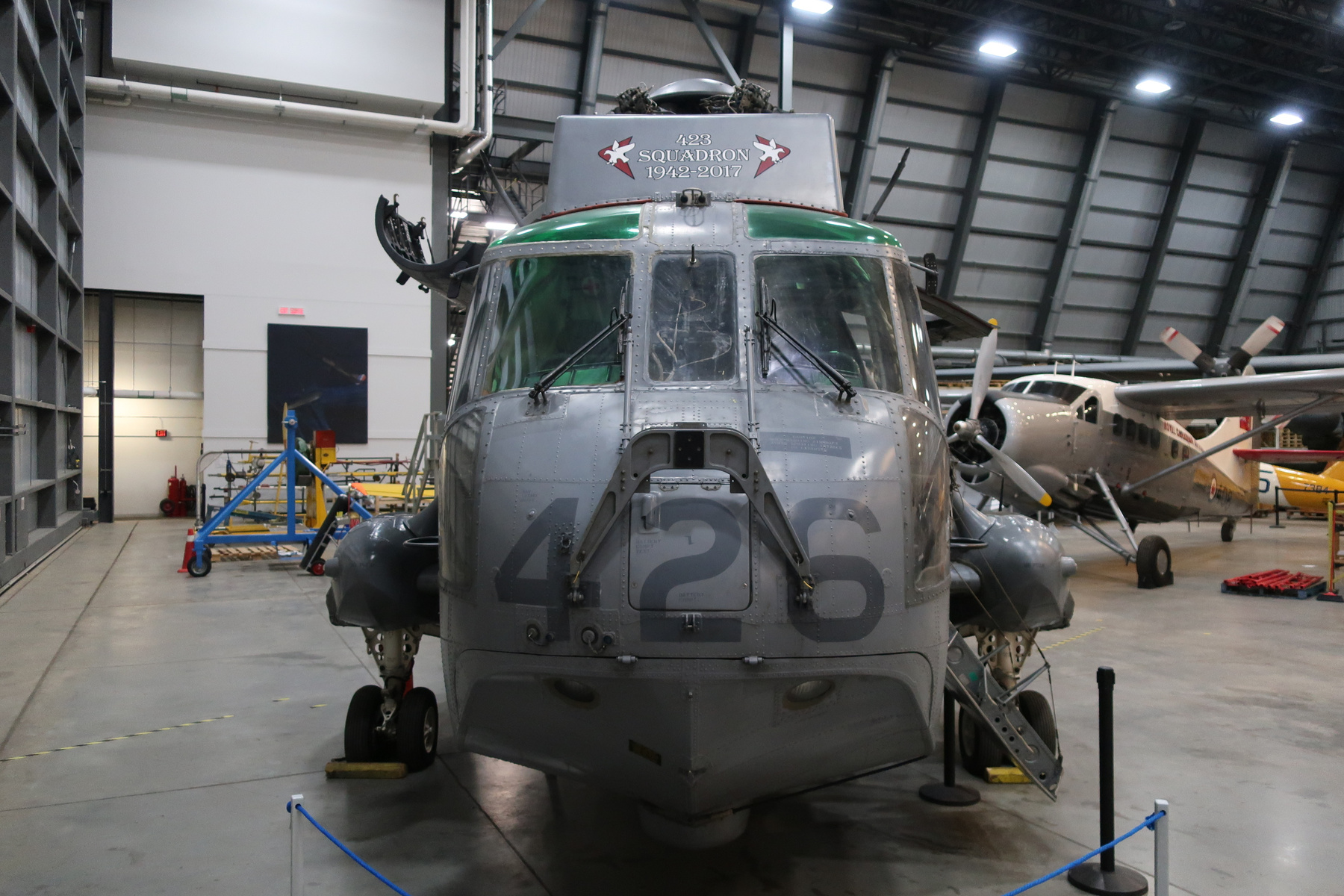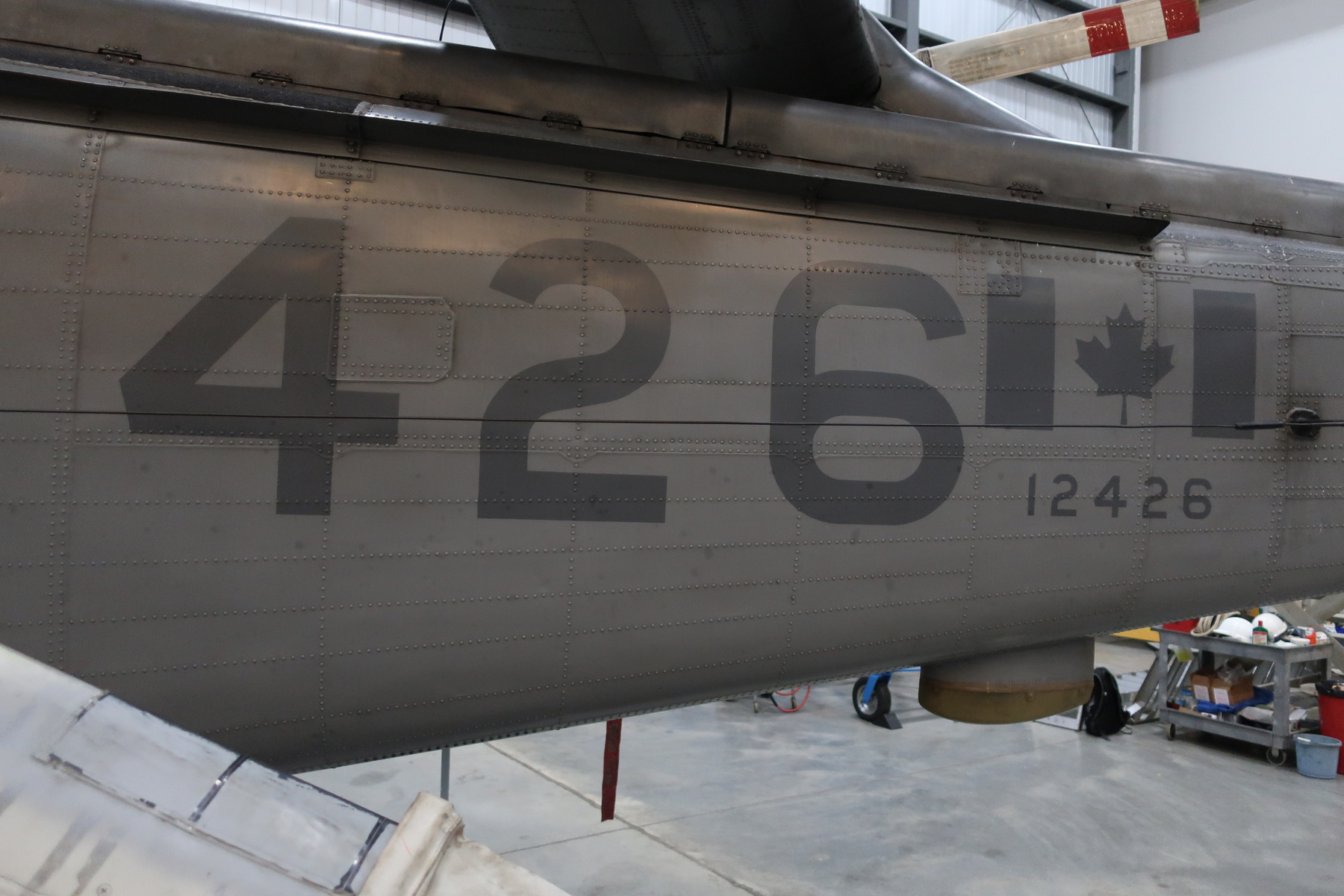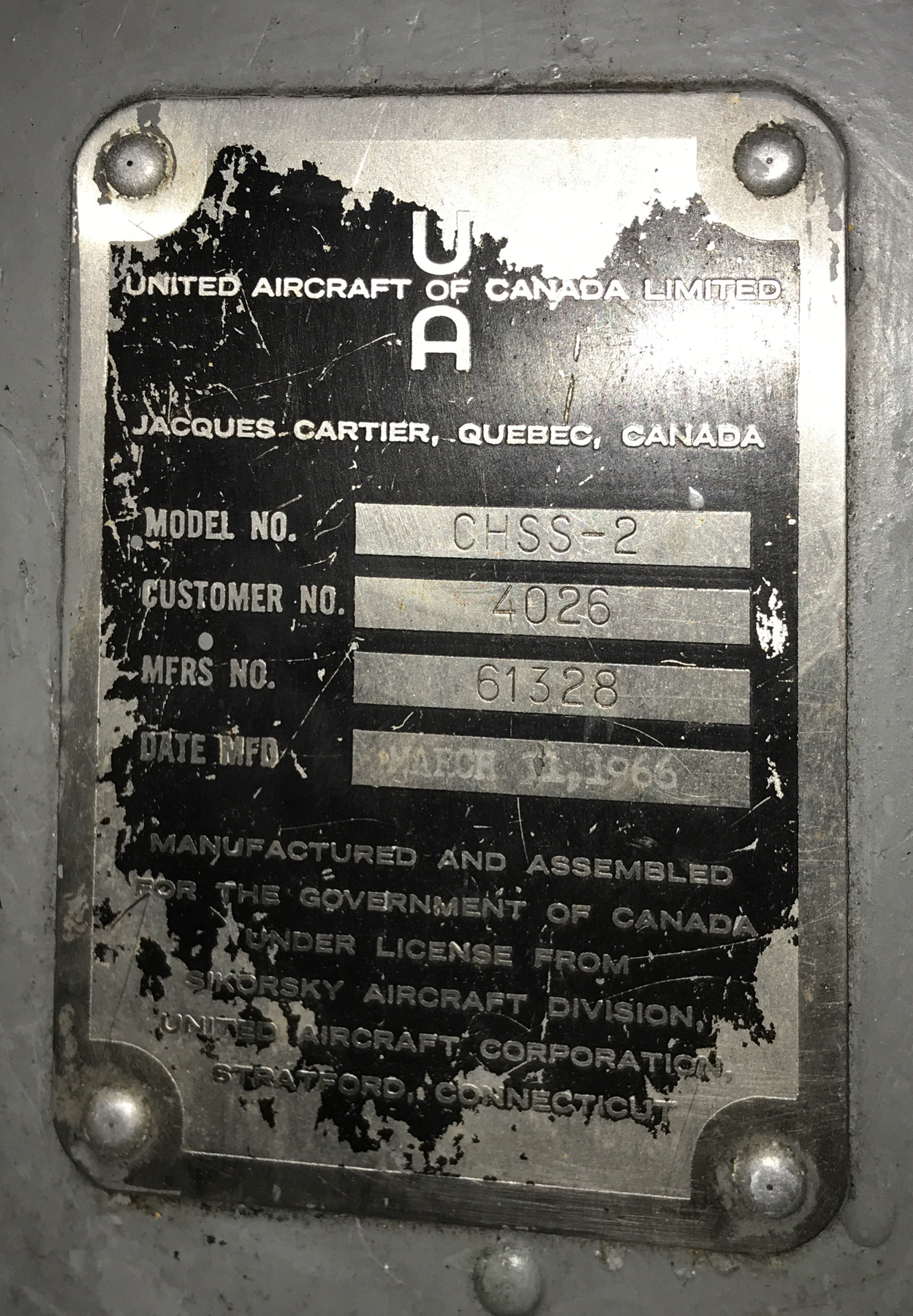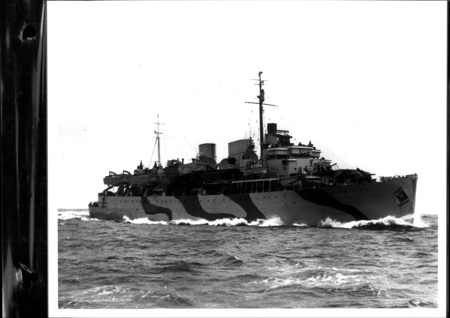Helicopter
Use this image
Can I reuse this image without permission? Yes
Object images on the Ingenium Collection’s portal have the following Creative Commons license:
Copyright Ingenium / CC BY-NC-ND (Attribution-NonCommercial 4.0 International (CC BY-NC 4.0)
ATTRIBUTE THIS IMAGE
Ingenium,
2019.0001.001
Permalink:
Ingenium is releasing this image under the Creative Commons licensing framework, and encourages downloading and reuse for non-commercial purposes. Please acknowledge Ingenium and cite the artifact number.
DOWNLOAD IMAGEPURCHASE THIS IMAGE
This image is free for non-commercial use.
For commercial use, please consult our Reproduction Fees and contact us to purchase the image.
- OBJECT TYPE
- military/anti-submarine warfare
- DATE
- 1966
- ARTIFACT NUMBER
- 2019.0001.001
- MANUFACTURER
- Unknown
- MODEL
- Sikorsky CH-124 Sea King
- LOCATION
- Unknown
More Information
General Information
- Serial #
- 61328
- Part Number
- 1
- Total Parts
- 5
- AKA
- N/A
- Patents
- N/A
- General Description
- Aluminum structure; steel, stainless steel, and titanium components; PVC floor cover and shroud for internal equipment; acrylic windows; leather and fibre seats.
Dimensions
Note: These reflect the general size for storage and are not necessarily representative of the object's true dimensions.
- Length
- 1420.3 cm
- Width
- 487.6 cm
- Height
- 490.7 cm
- Thickness
- N/A
- Weight
- 6591.0
- Diameter
- N/A
- Volume
- N/A
Lexicon
- Group
- Aviation
- Category
- Aircraft
- Sub-Category
- N/A
Manufacturer
- AKA
- Unknown
- Country
- Unknown
- State/Province
- Unknown
- City
- Unknown
Context
- Country
- Canada
- State/Province
- Unknown
- Period
- 1966-2018
- Canada
-
The Sea King owes its origins to a virtually revolutionary concept submitted to the United States Navy in 1957 by the Sikorsky Aircraft division of the American aeronautical giant United Aircraft. Delivered from 1961, the Sea King was one of the most advanced helicopters of its time. Powerful, fast, rugged and reliable, it has been adopted by the armed forces of many countries, including Canada. United Aircraft of Canada, another United Aircraft subsidiary, assembles almost all Sea Kings ordered by the Canadian military - a Canadian first. The Sea King donated to the museum is one of those flown by Brigadier-General Lise Bourgon for over 20 years. Throughout her career spanning just over 30 years, this Quebecer did much to increase the rights and responsibilities of women in the Canadian Armed Forces. The country's first lieutenant-colonel, colonel and brigadier-general, Bourgon is also the first woman to command a squadron, after becoming the first woman to command an operational squadron equipped with Sea Kings. This Sea King was still operational in 2018, more than 50 years after it entered service. The features that have made the Sea King such a success around the world have led to the development of civilian versions, the world's first helicopters designed specifically for passenger transport. A well-known Canadian user was Okanagan Helicopters, at one time the world's largest civilian helicopter operator. - Function
-
An aircraft used for anti-submarine warfare from relatively small warships. The Sea King has also been used for environmental surveillance flights, search and rescue, disaster assistance, etc. - Technical
-
The Sikorsky S-61 family of military and civil helicopters is one of the most successful and versatile of the 20th century. The Sea King is the world's first helicopter to carry both sonar equipment and torpedoes. In the past, anti-submarine helicopters worked in duos, with one helicopter carrying the sonar equipment and the other the torpedoes or depth charges. The Sea King is also the first helicopter to feature an automatic/motorized main rotor blade folding mechanism - an invaluable asset when operating from relatively small warships. It is also one of the world's first amphibious helicopters. The success of this helicopter in Canada is closely linked to the development of a rapid deck landing and tie-down system that enables it to land in bad weather. This technology, often known as the Beartrap and much improved over the decades, is among the most important naval combat innovations of the 20th century in Canada. The navies of at least twelve countries in Oceania, Europe, Asia and the Americas, including the USA, use these Canadian devices. - Area Notes
-
Unknown
Details
- Markings
- Various markings on both the exterior and interior. Only major markings recorded below. Exterior: proper front below the cabin windshield: "426"/ Painted on the proper front of the FOD deflector installed on helicopter: "423/ SQUADRON/ 1942-2017"/ On a panel covering the engines on the sides: "JET/ INTAKE - DANGER"/ On the door on the proper right side and on a corresponding spot on the proper left side: "CUT HERE FOR EMERGENCY RESCUE/ EMERGENCY EXIT"/ On both the proper left and right towards the rear: "Canada/ [Royal Canadian Air Force emblem]/ Canadian/ Forces/ Forces/ Canadiennes/ 426/ 12426"/ On a hoist apparatus mounted outside the door on the proper right side: "RESCUE HOIST CAP/ 600 LBS MAX"/ On the data plate found in the pilot's footwell in the cabin: "U/ UNITED AIRCRAFT OF CANADA LIMITED/ A/ JACQUES CARTIER, QUEBEC, CANADA/ MODEL NO. CHSS-2/ CUSTOMER NO. 4026/ MFRS NO. 61328/ DATE MFD MARCH 11, 1966/ MANUFACTURED AND ASSEMBLED/ FOR THE GOVERNMENT OF CANADA/ UNDER LICENSE FROM/ SIKORSKY AIRCRAFT DIVISION,/ UNITED AIRCRAFT CORPORATION,/ STRATFORD, CONNECTICUT"
- Missing
- Appears complete
- Finish
- Predominantly dull grey body with dark grey markings, black painted areas and black walking surfaces as well as areas with red components and labels. The main rotors are light grey on top and dark grey on bottom with two sets of two painted yellow bands each. On the top there is a dark grey or black radome (radar dome). Windows are clear and colourless except for the overhead window in the cockpit.
- Decoration
- Grey Canadian flags painted in various places on the exterior. Royal Canadian Air Force logo painted in grey on sides.
CITE THIS OBJECT
If you choose to share our information about this collection object, please cite:
Unknown Manufacturer, Helicopter, 1966, Artifact no. 2019.0001, Ingenium – Canada’s Museums of Science and Innovation, http://collections.ingeniumcanada.org/en/item/2019.0001.001/
FEEDBACK
Submit a question or comment about this artifact.
More Like This
